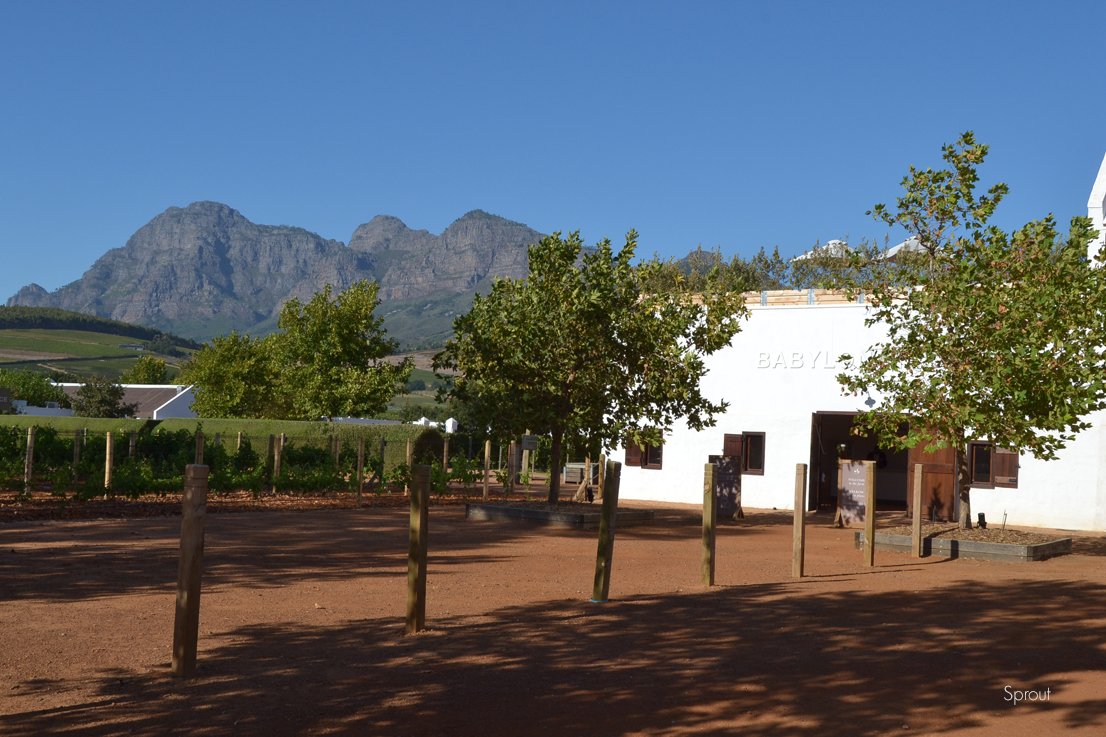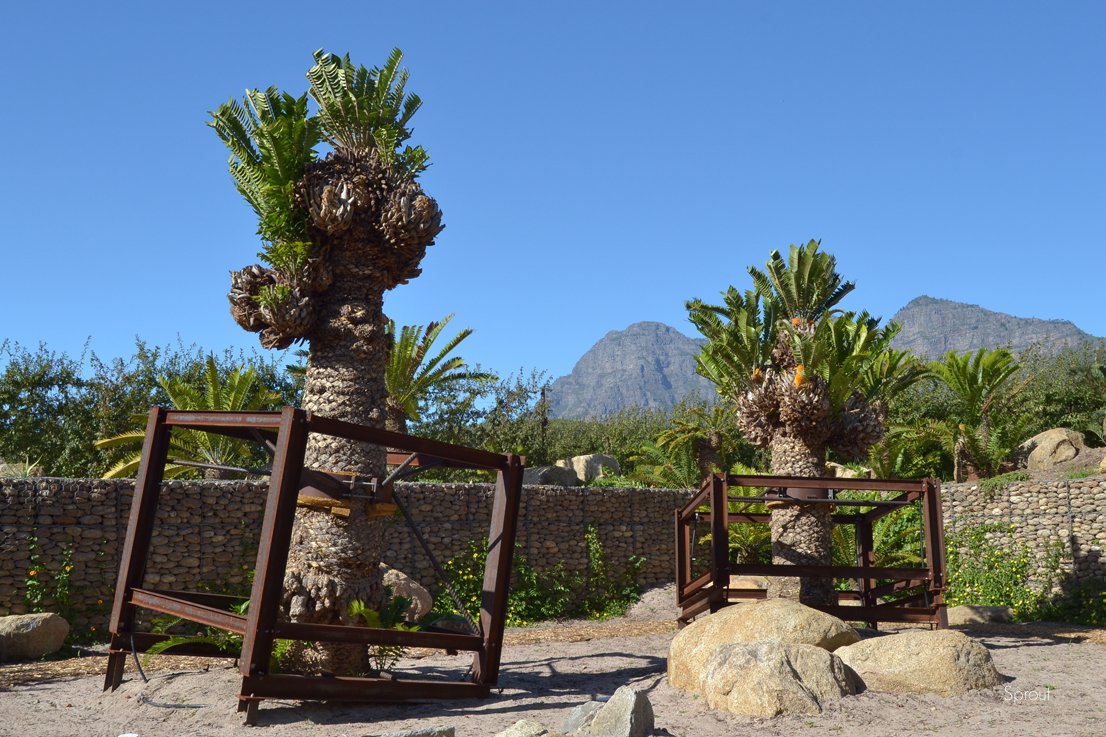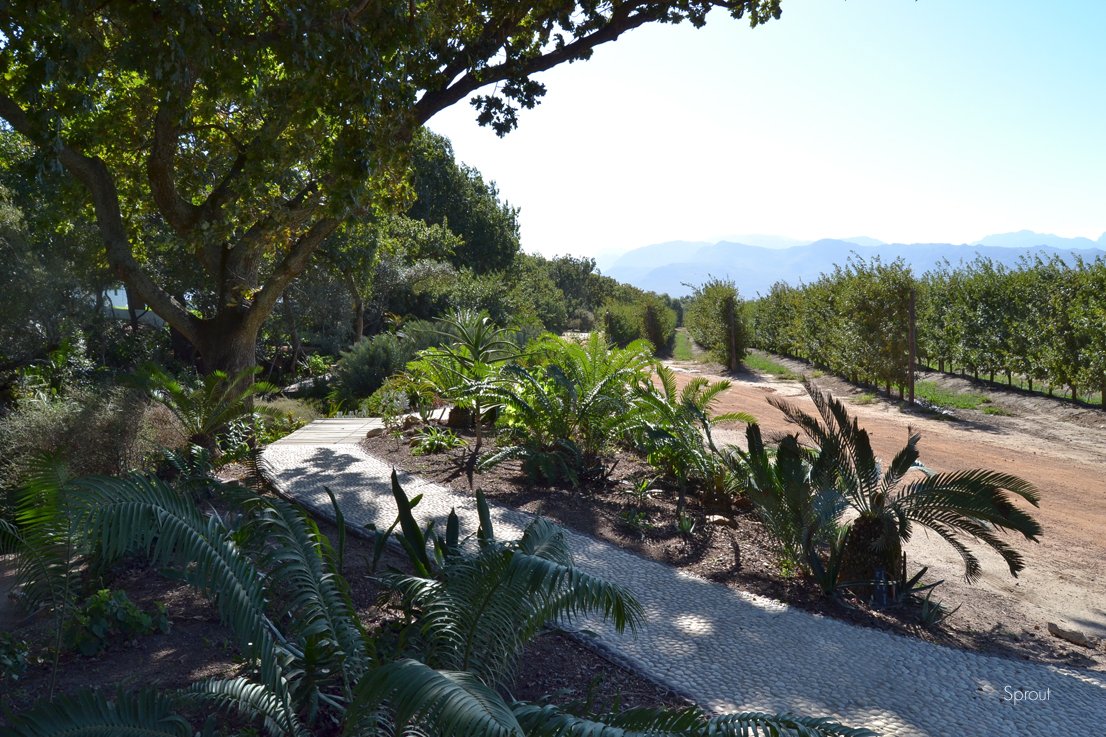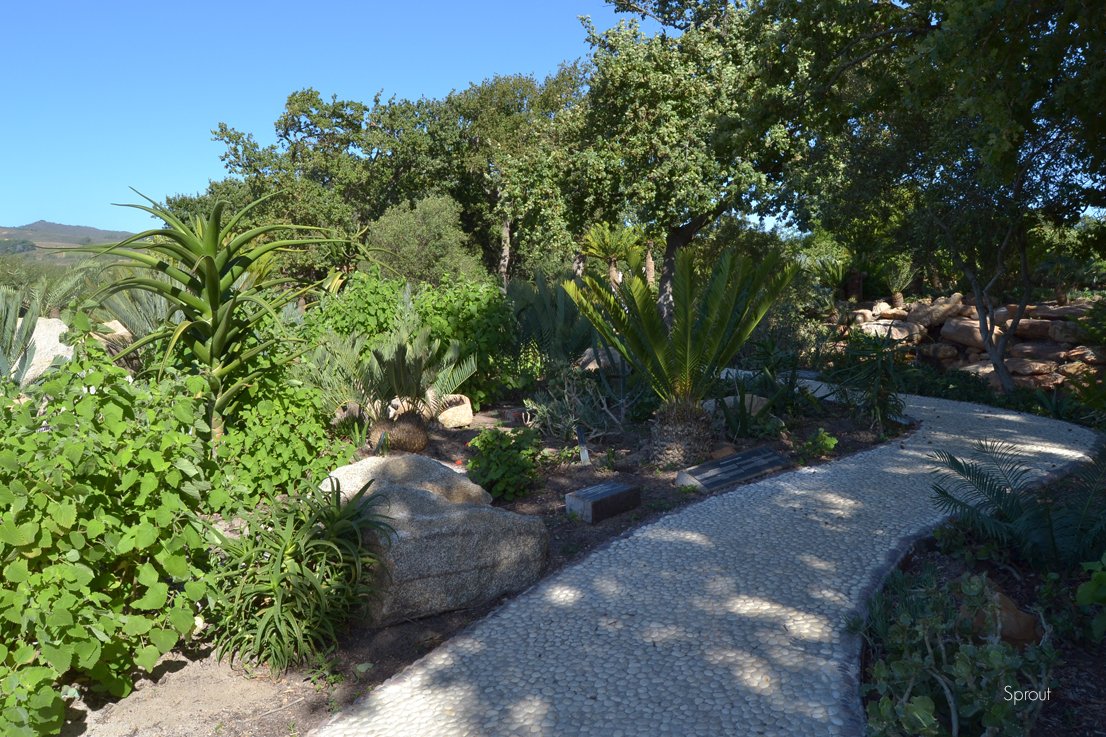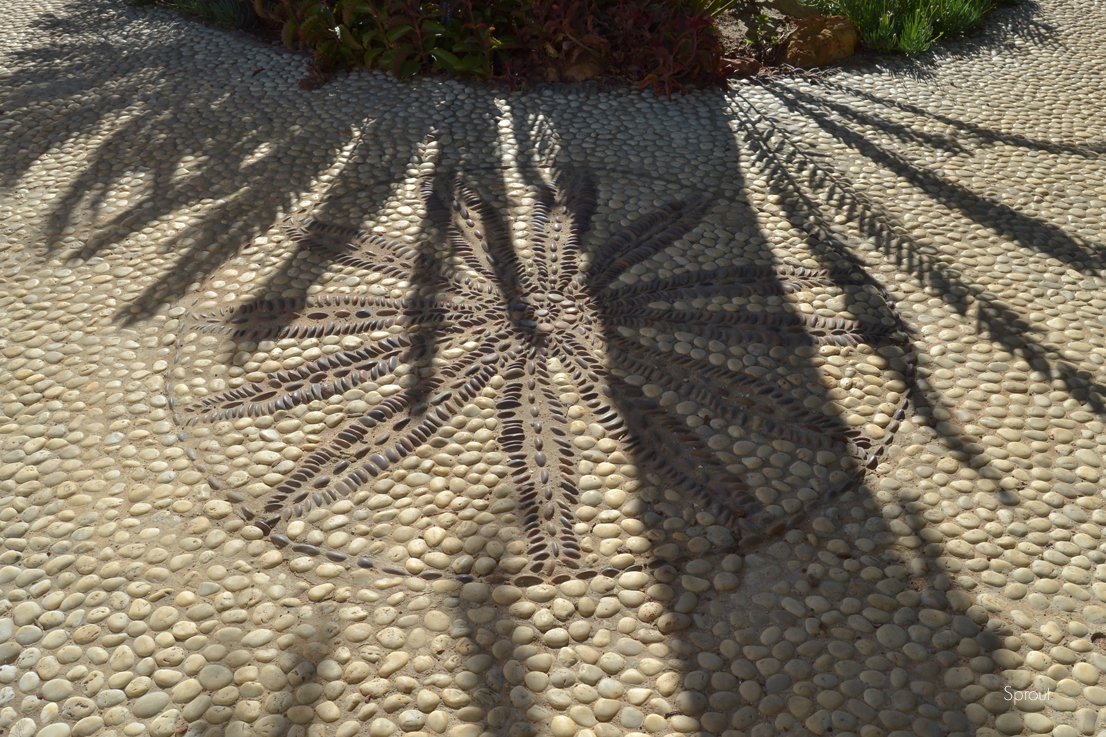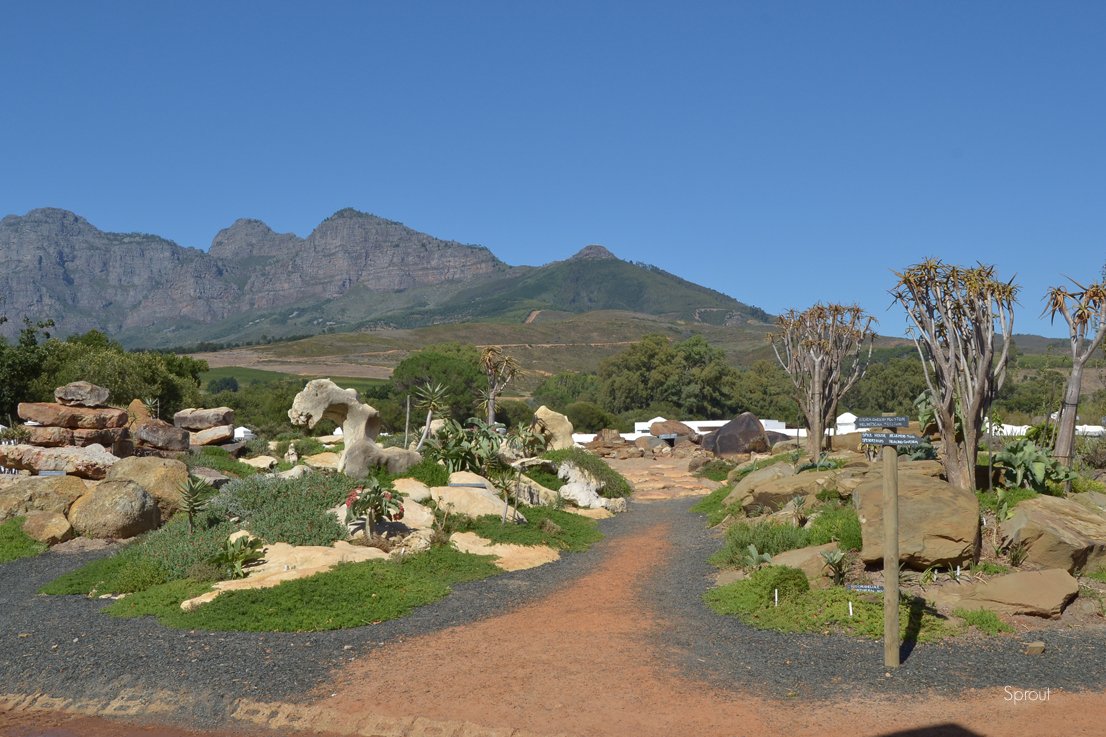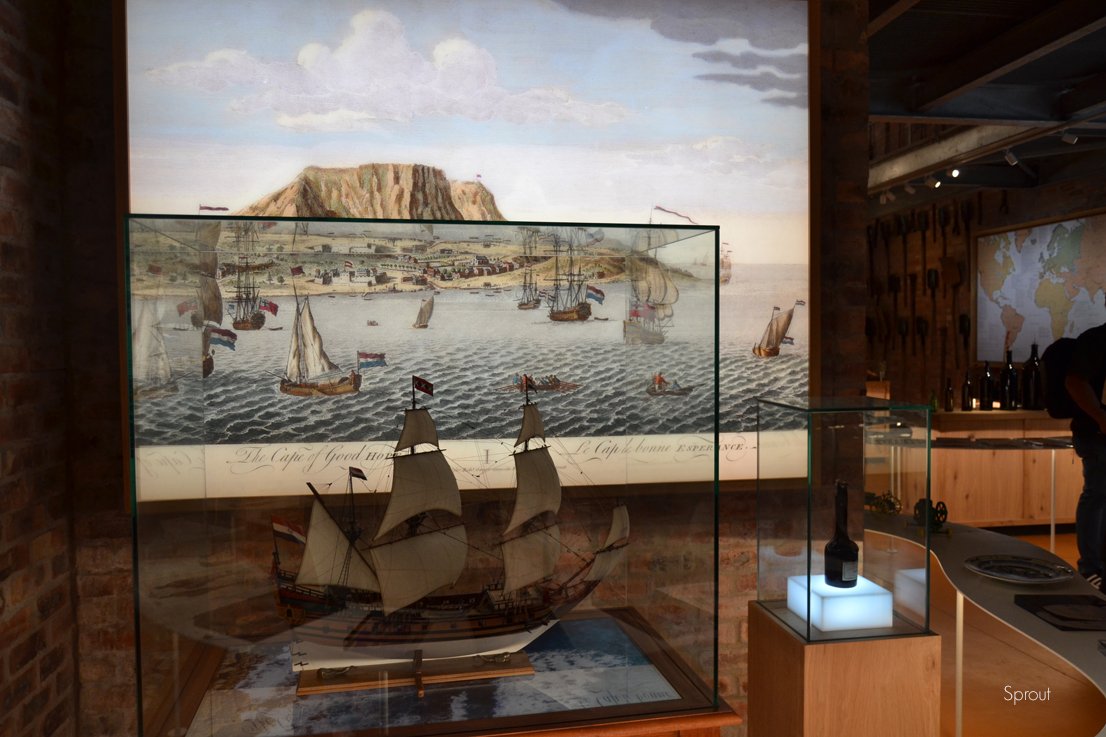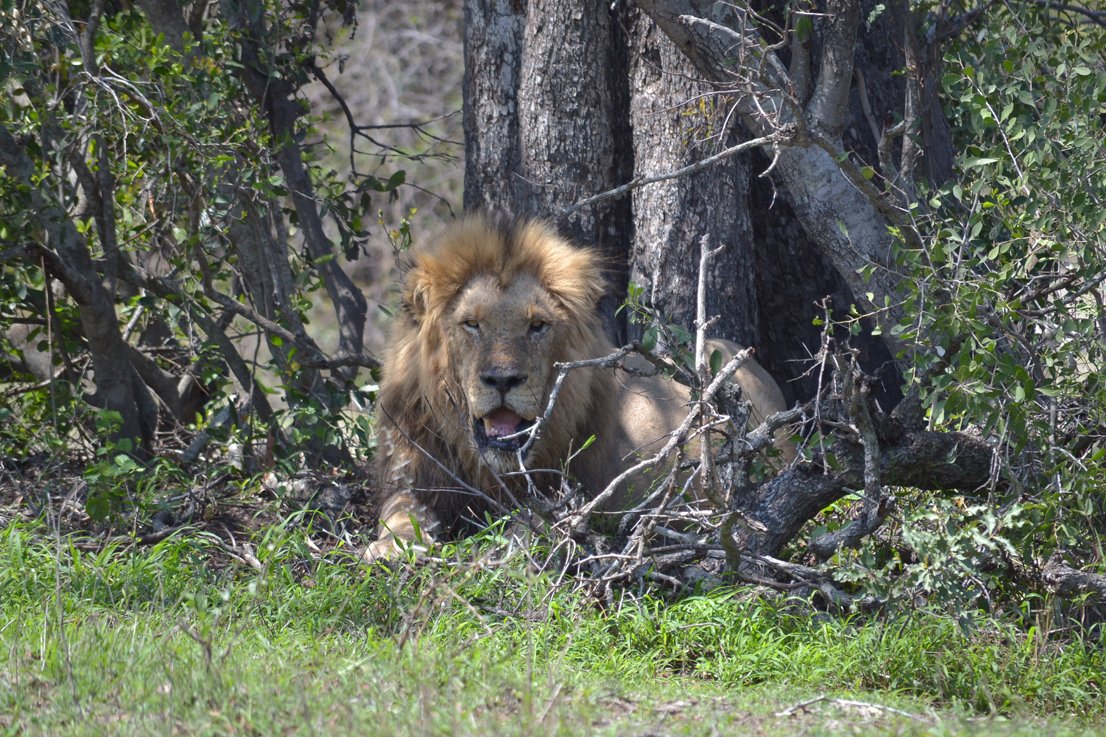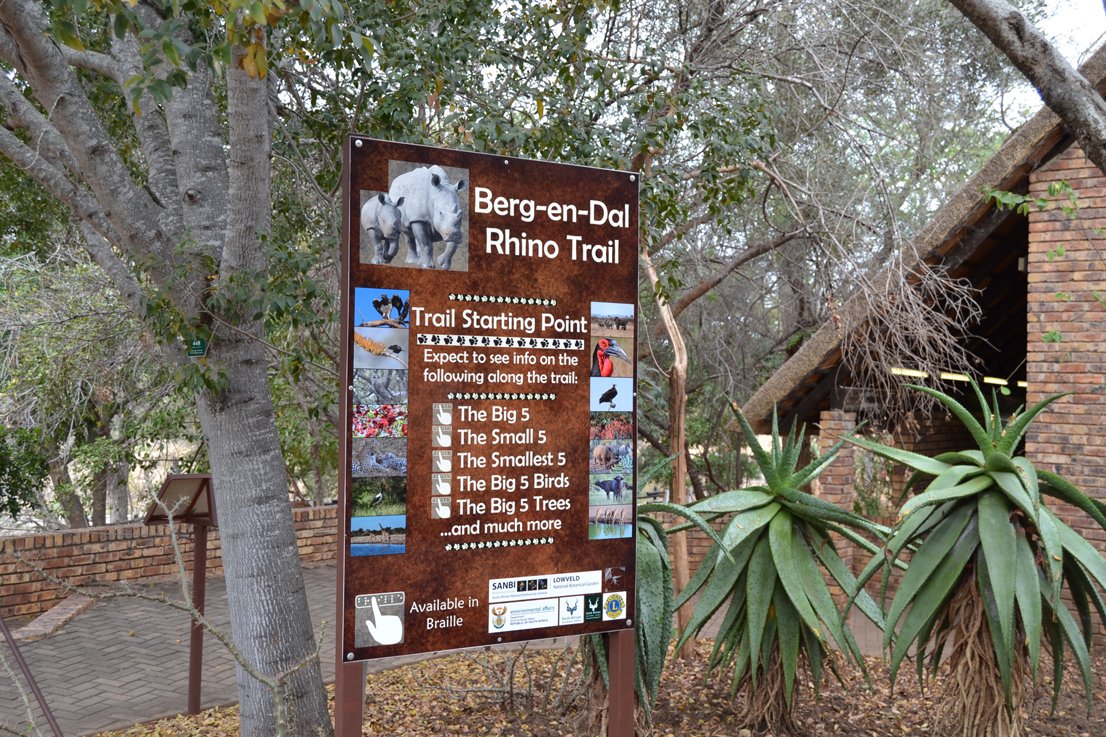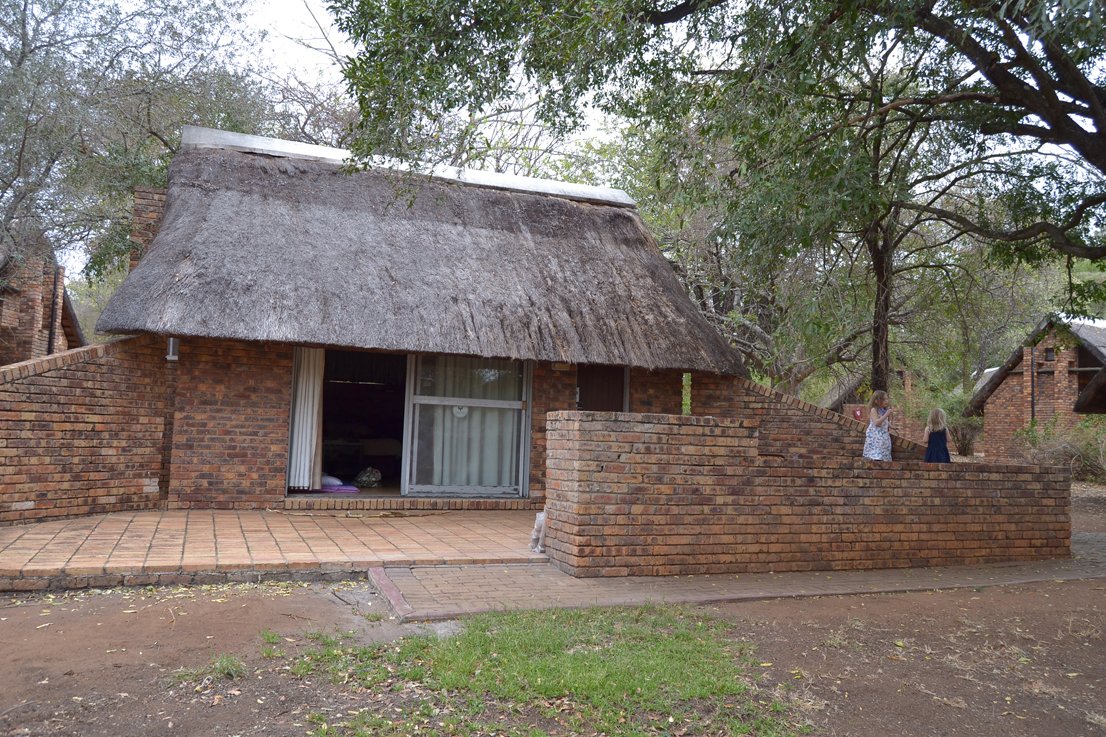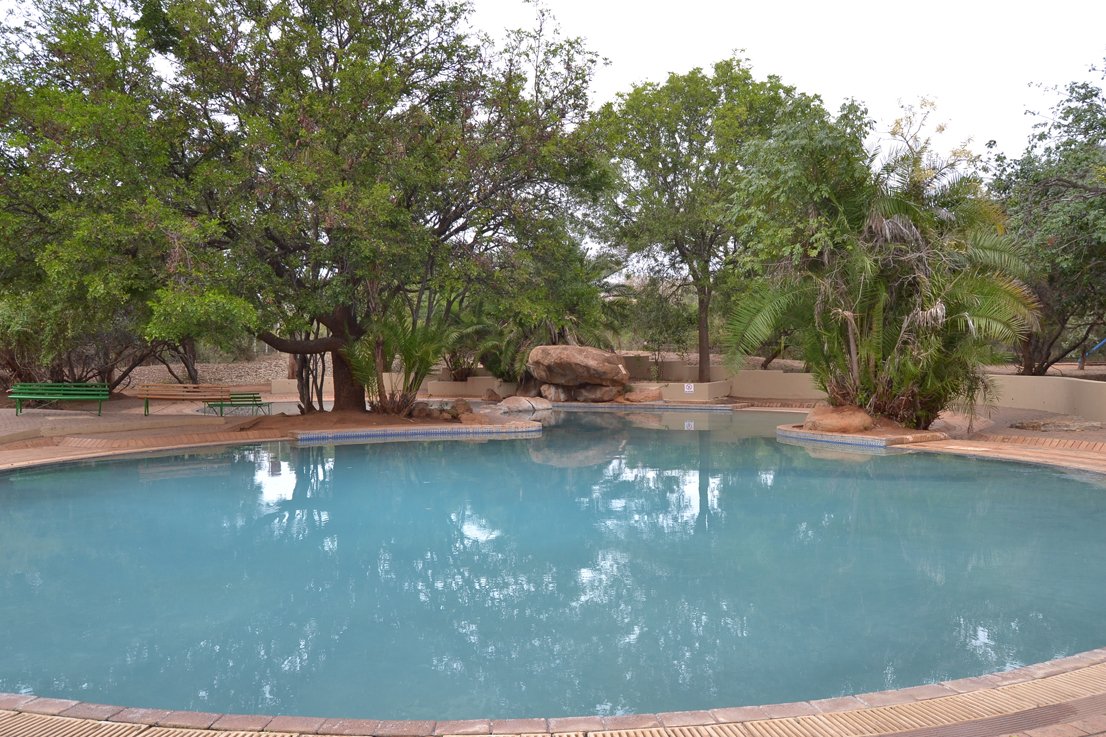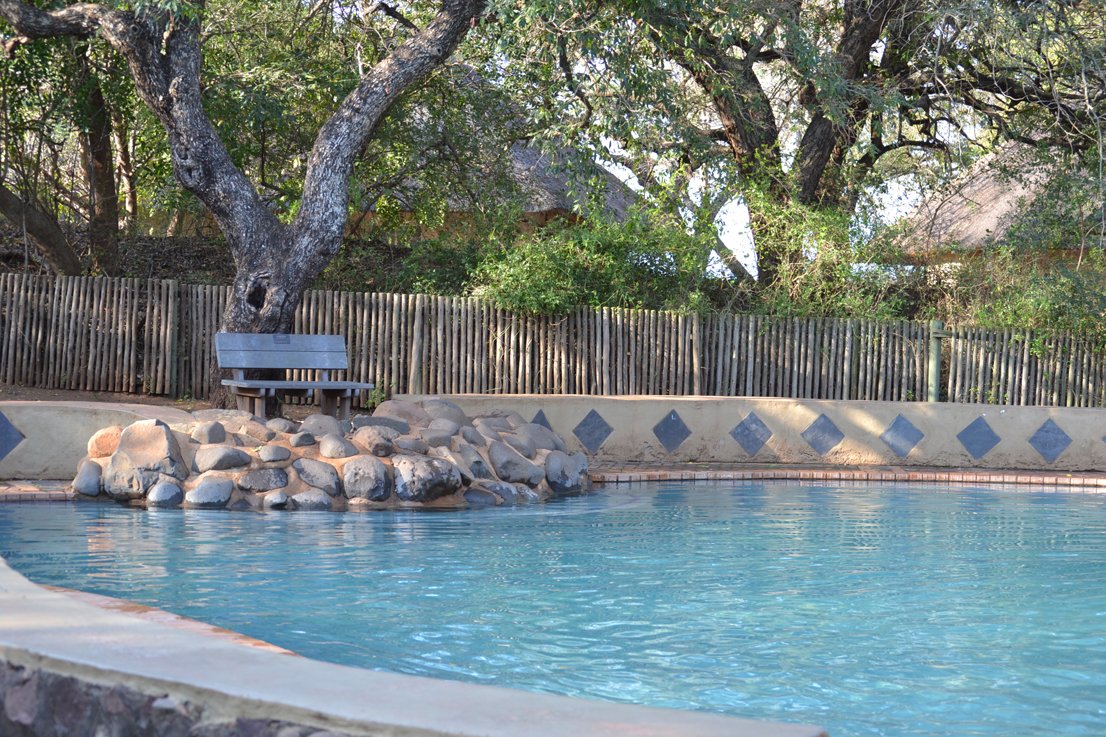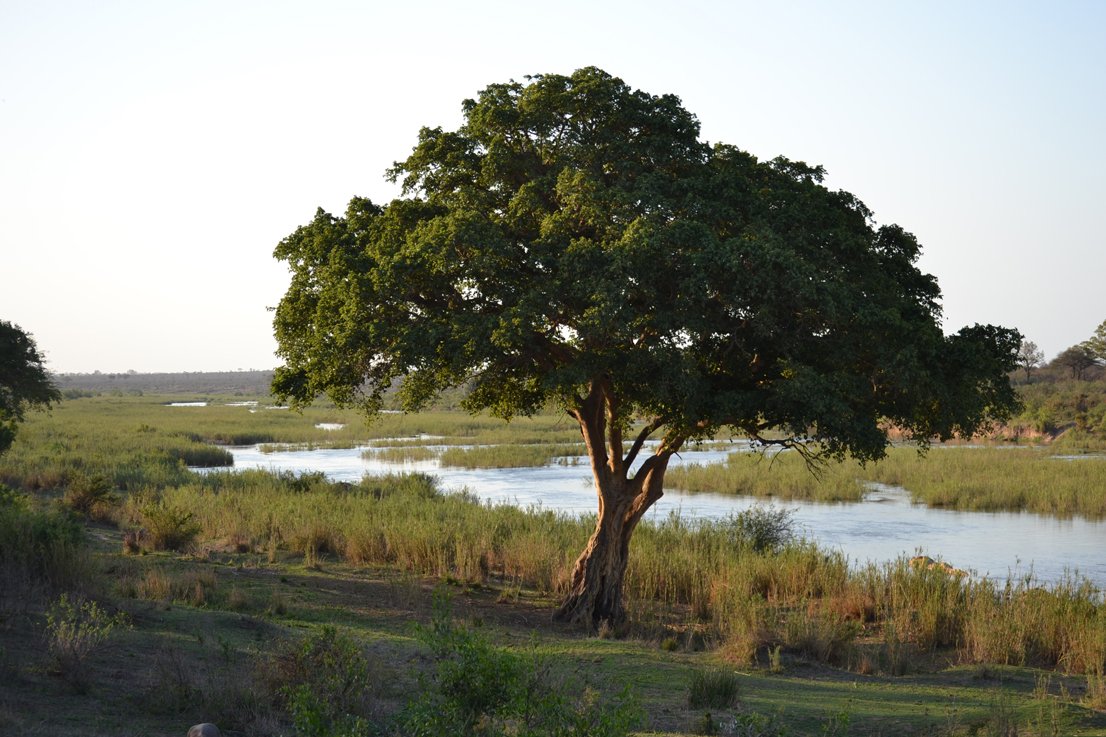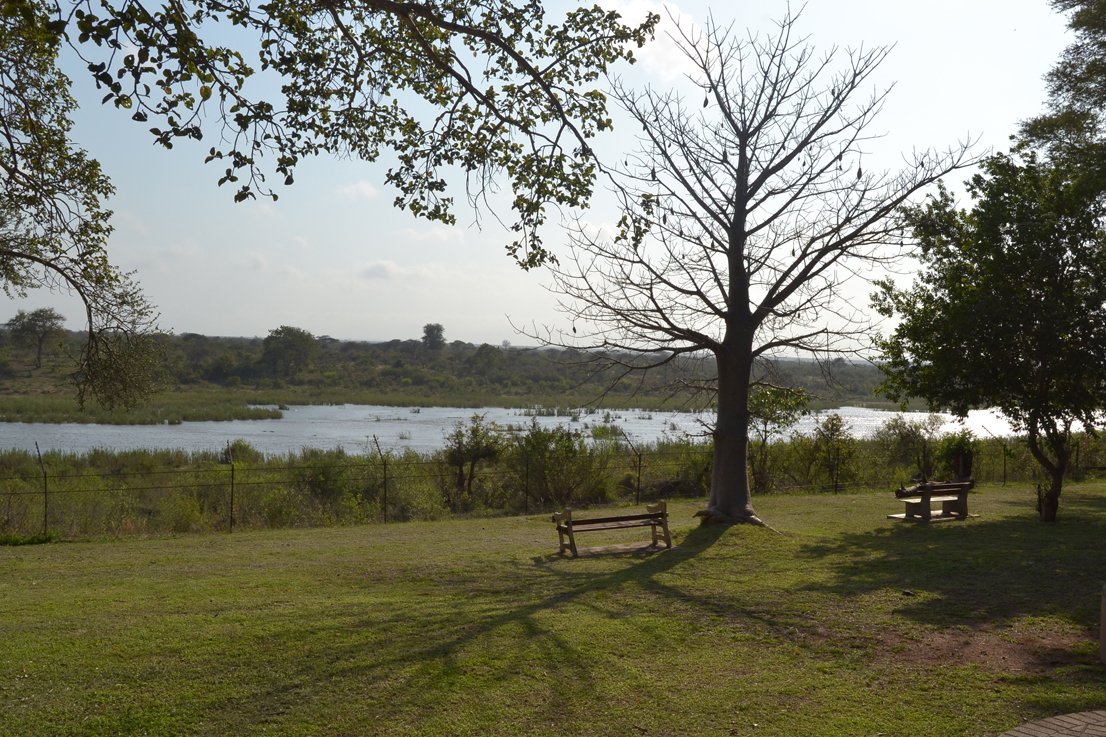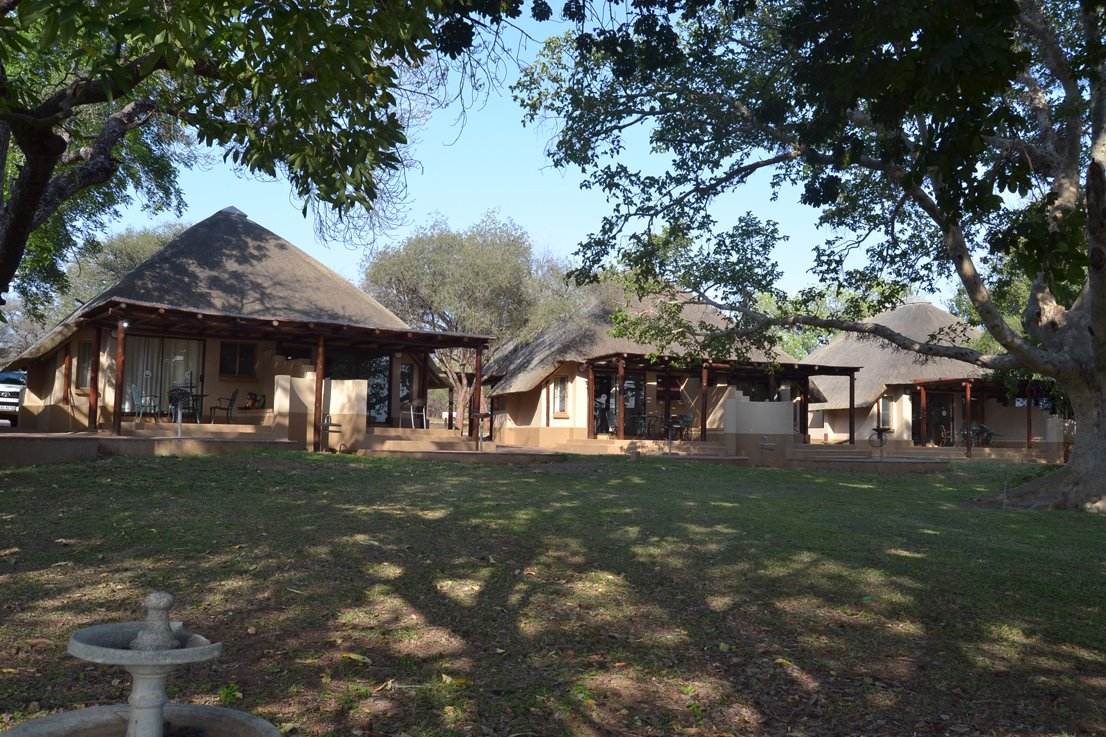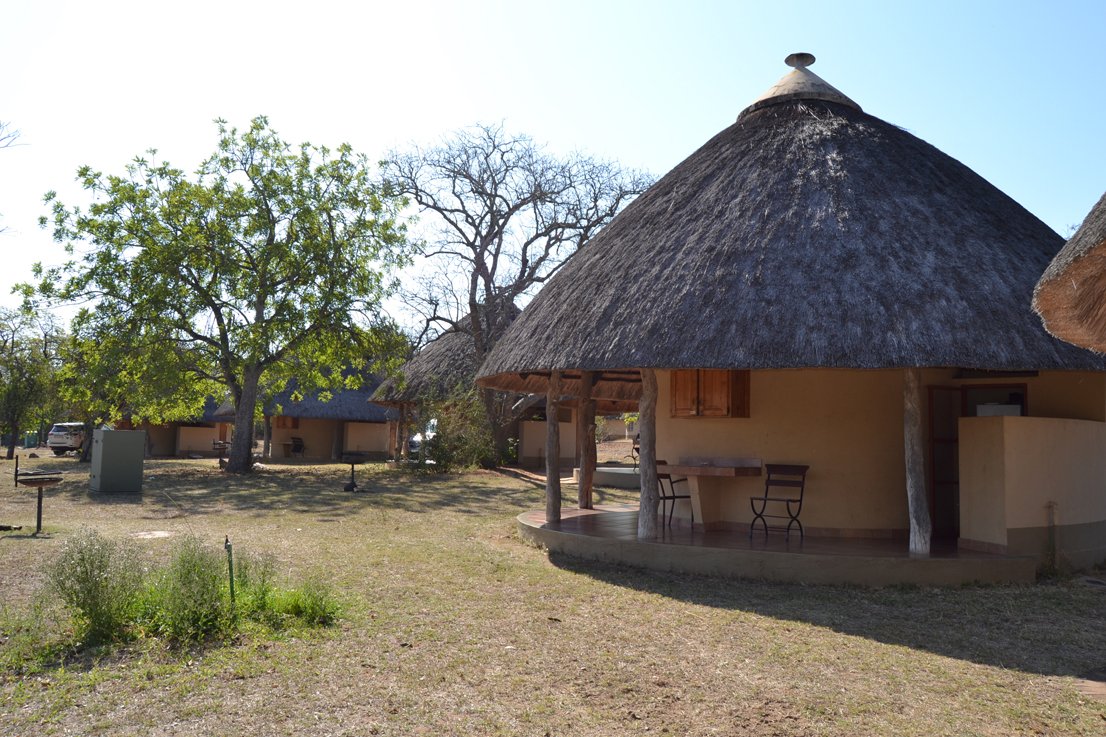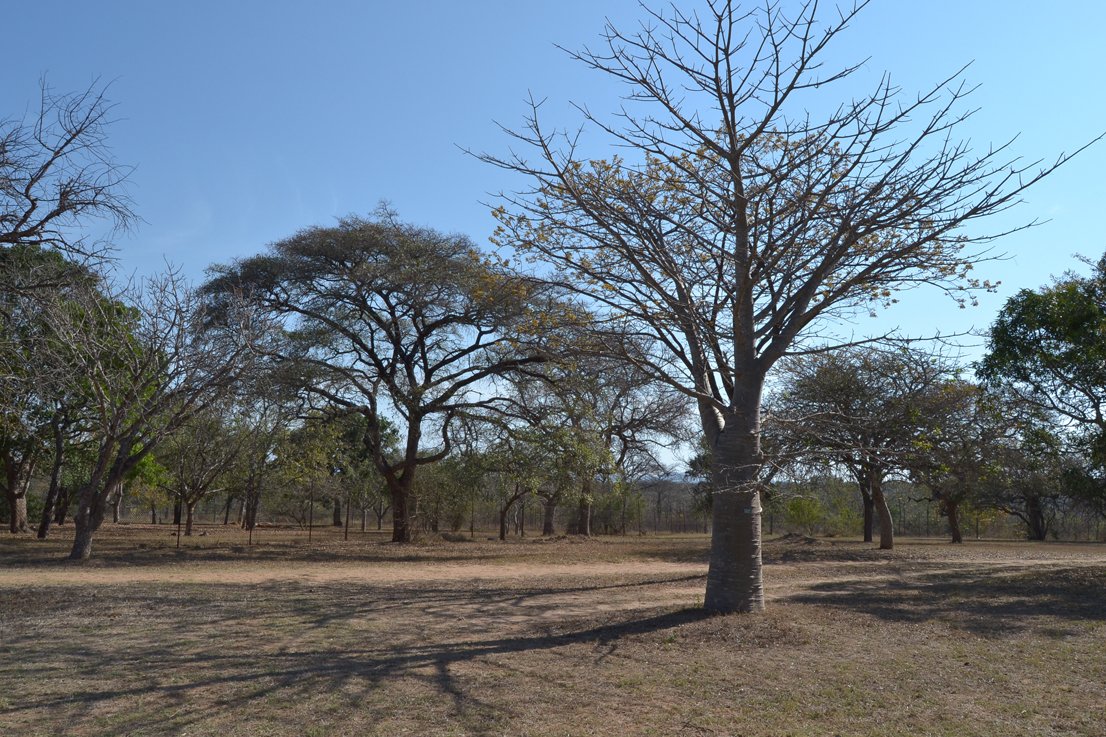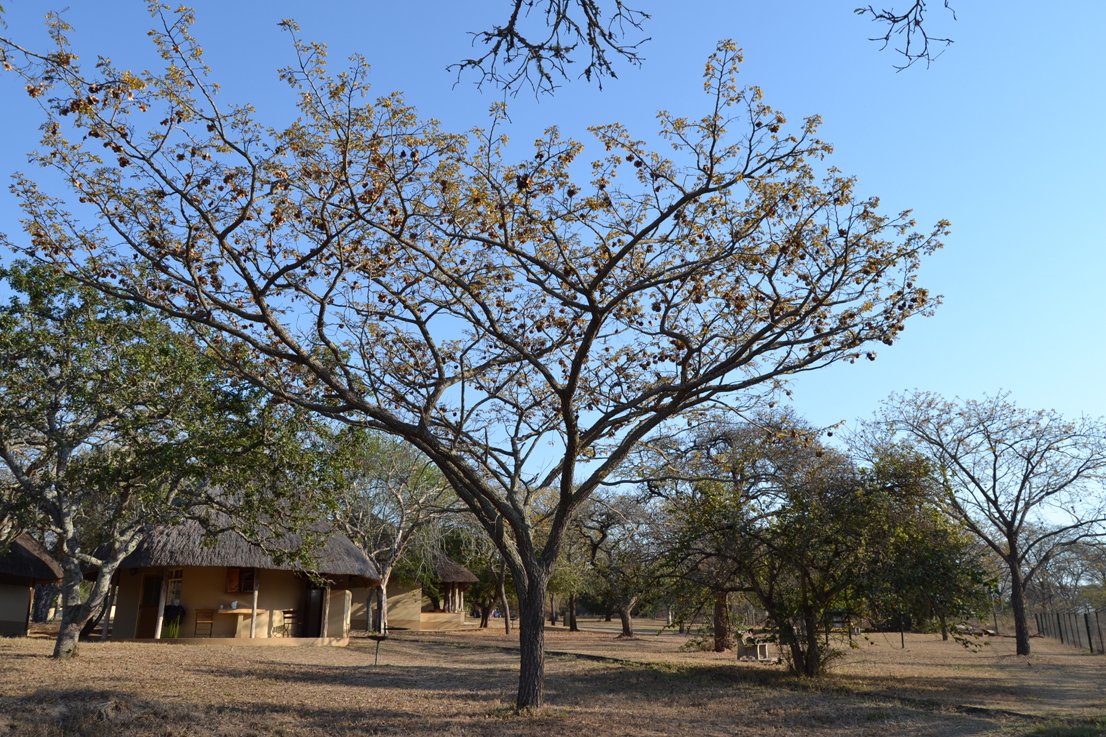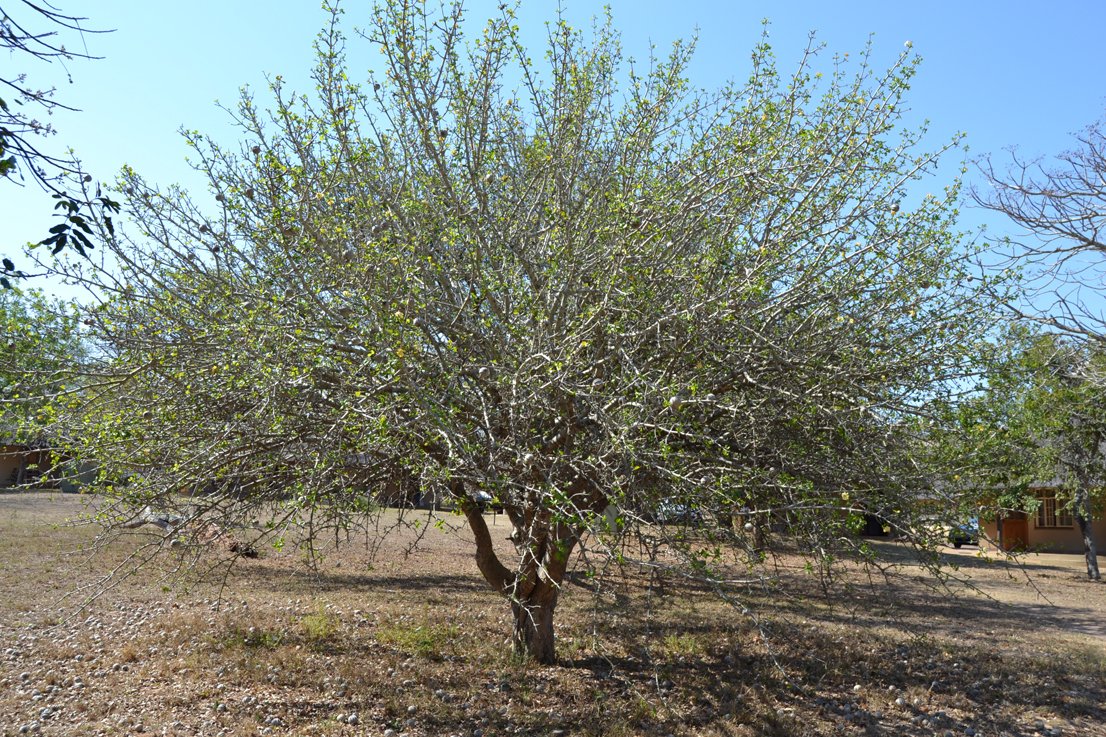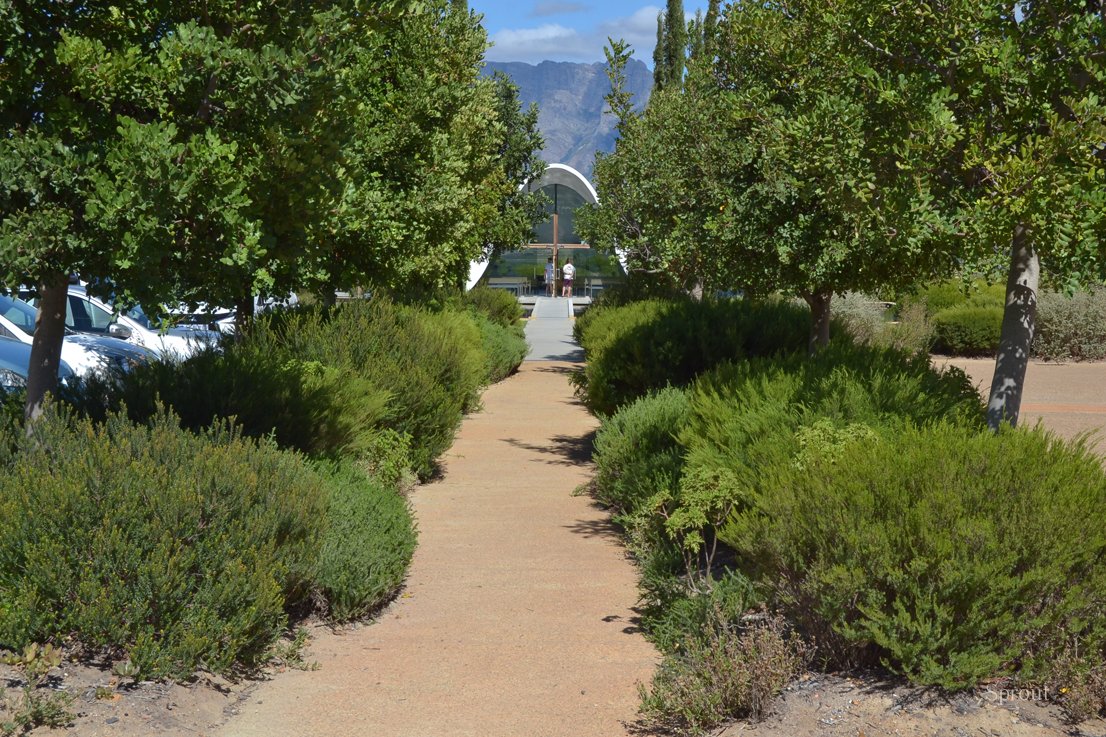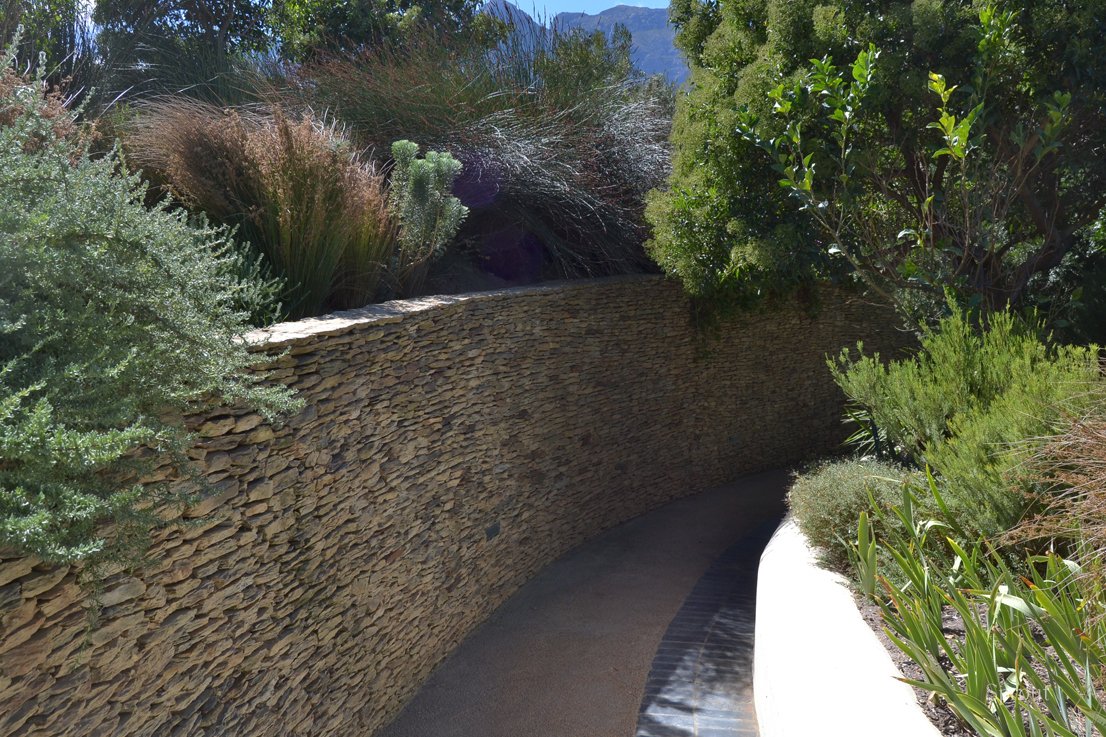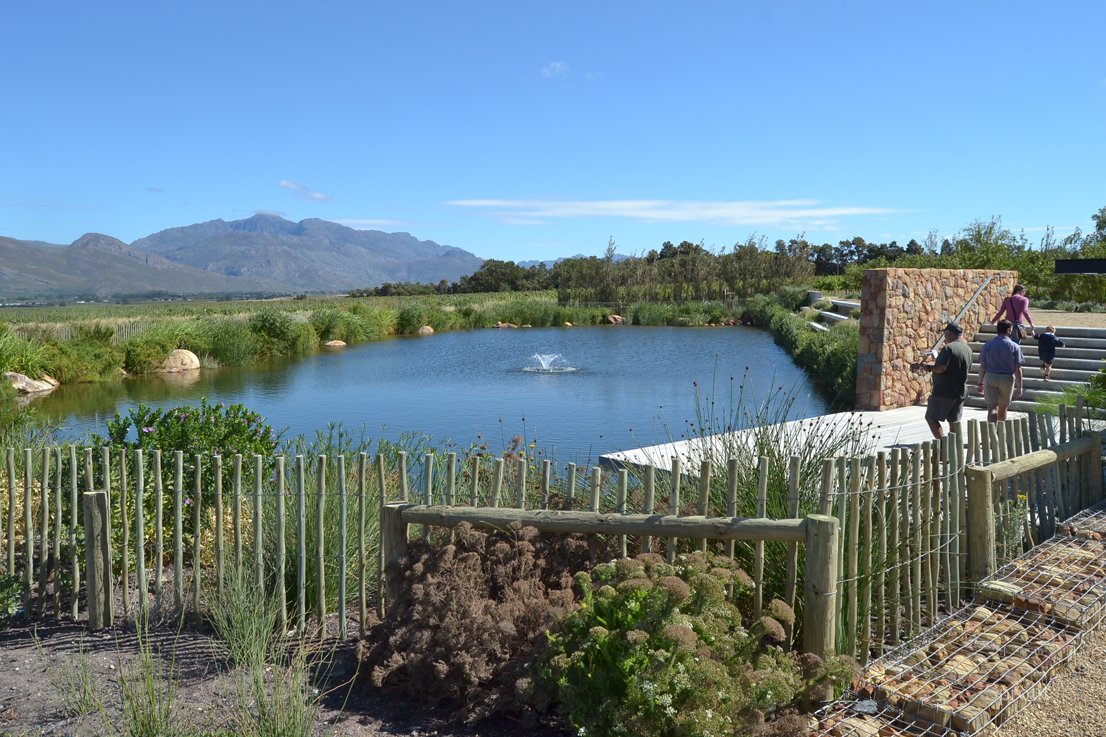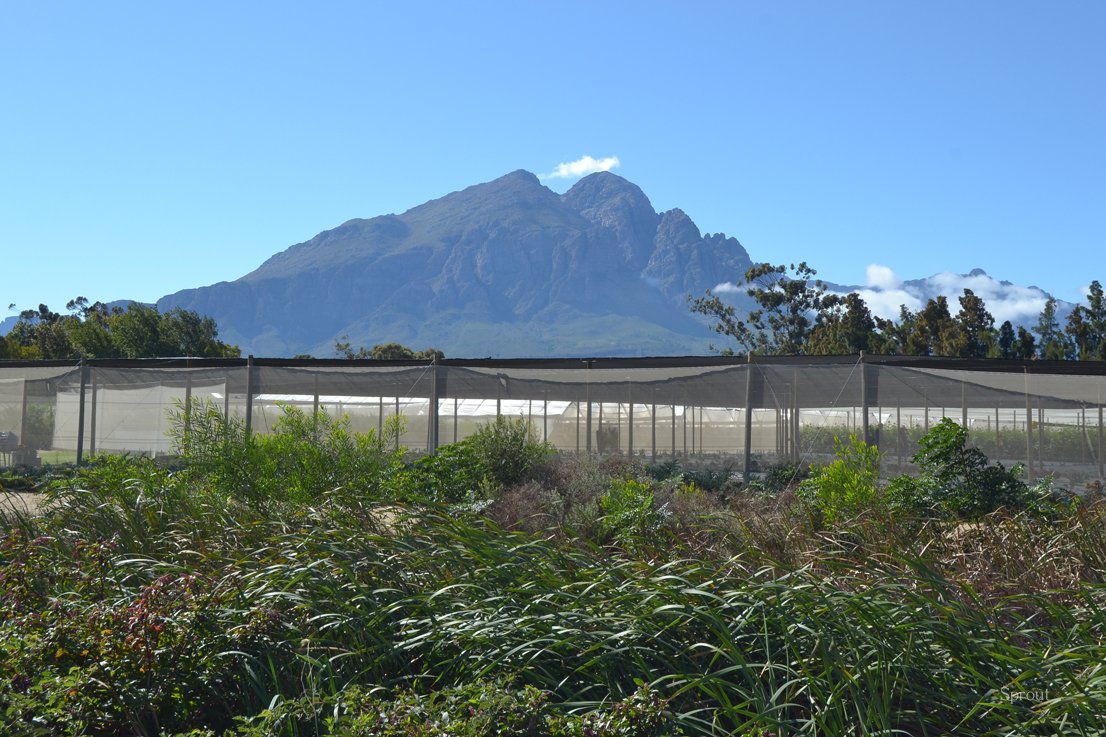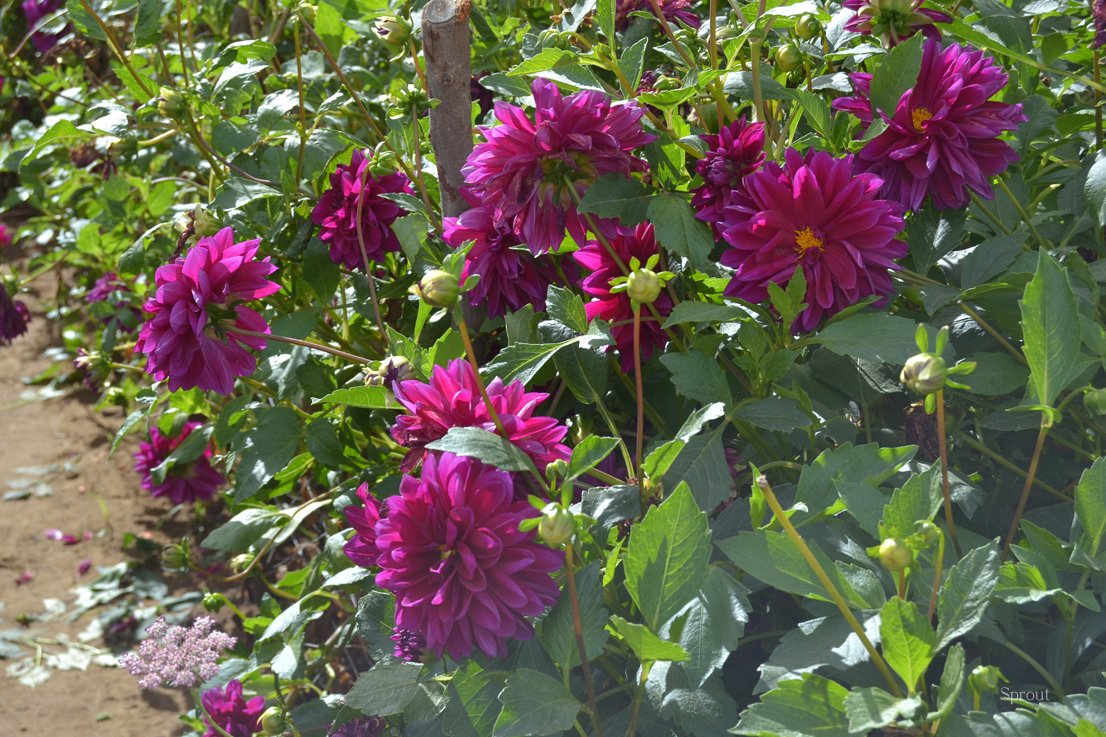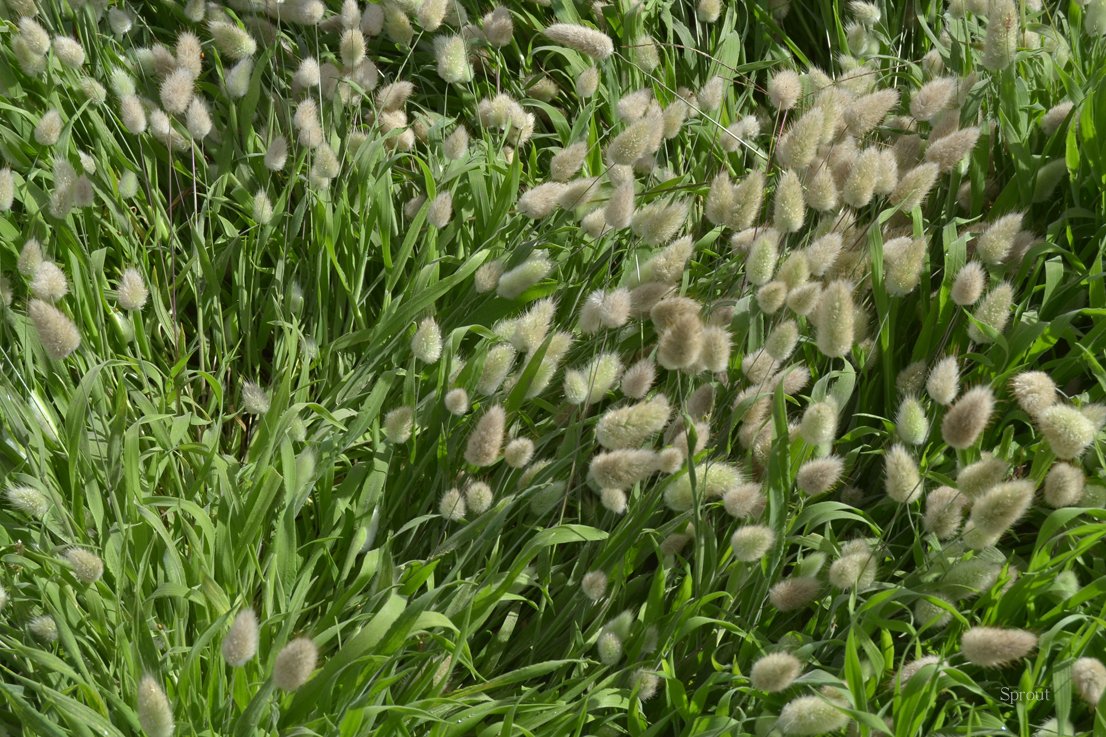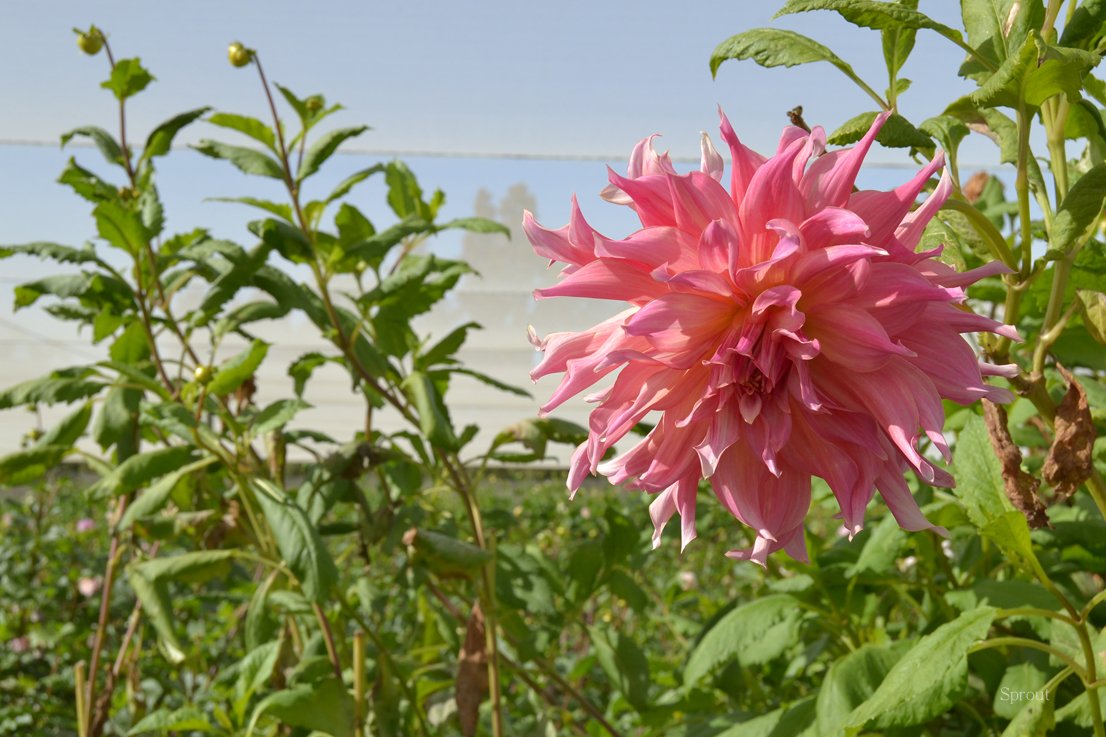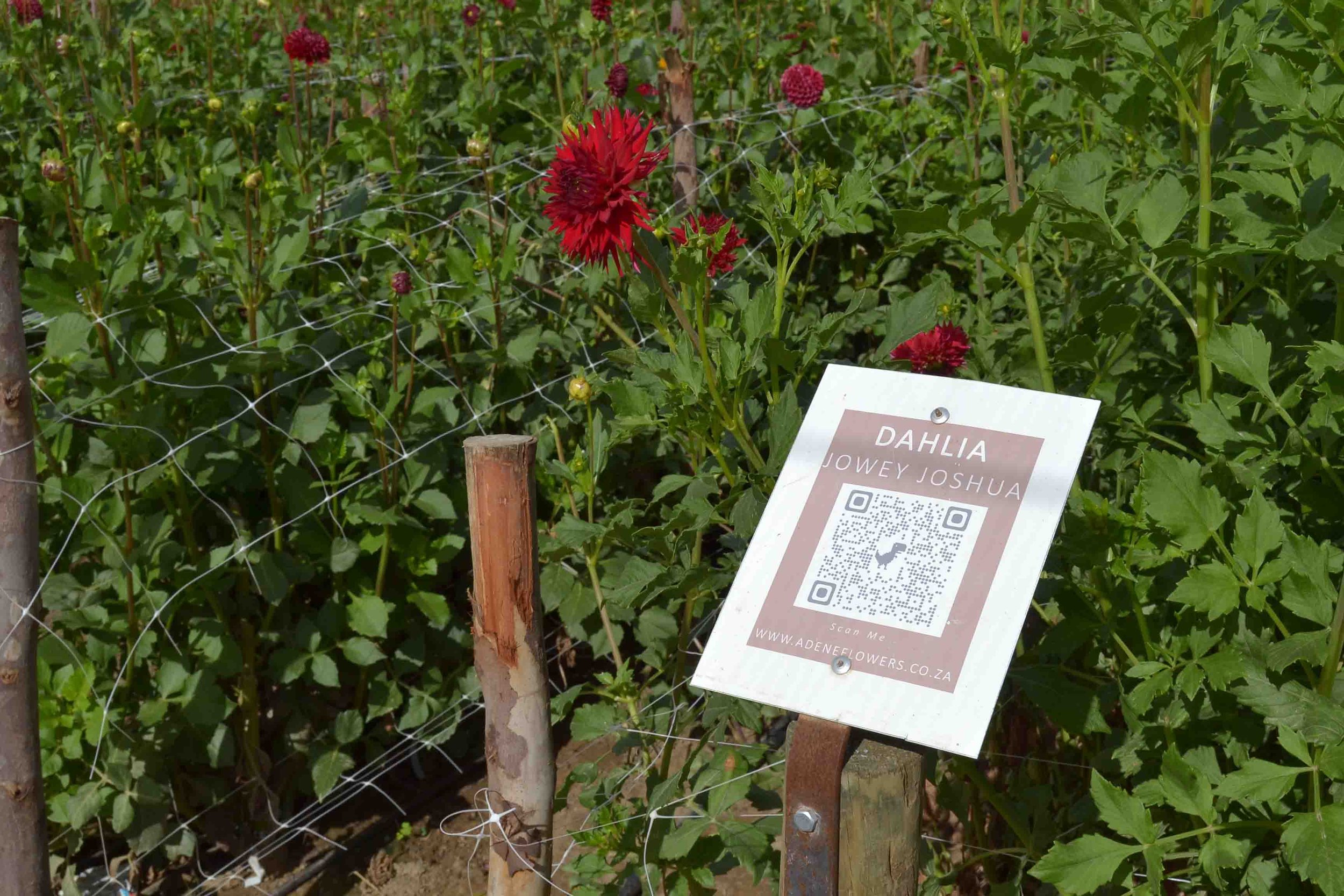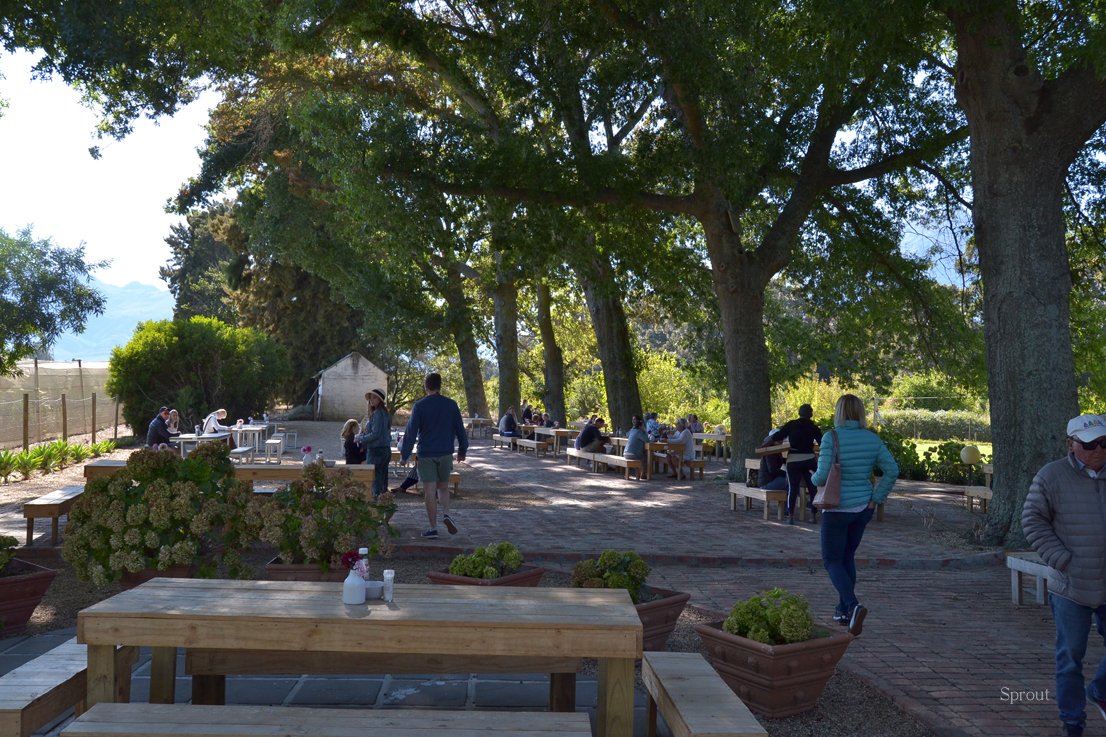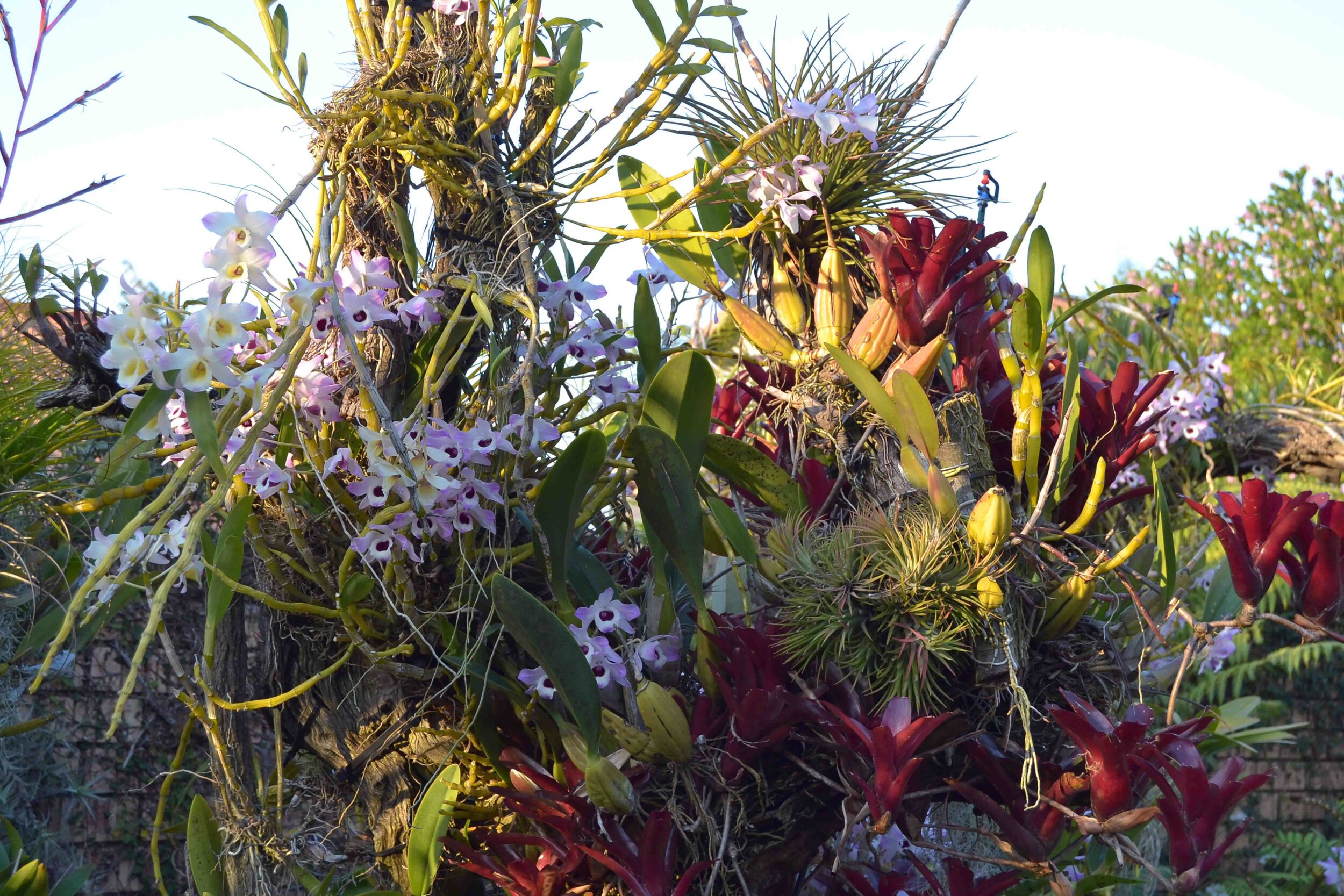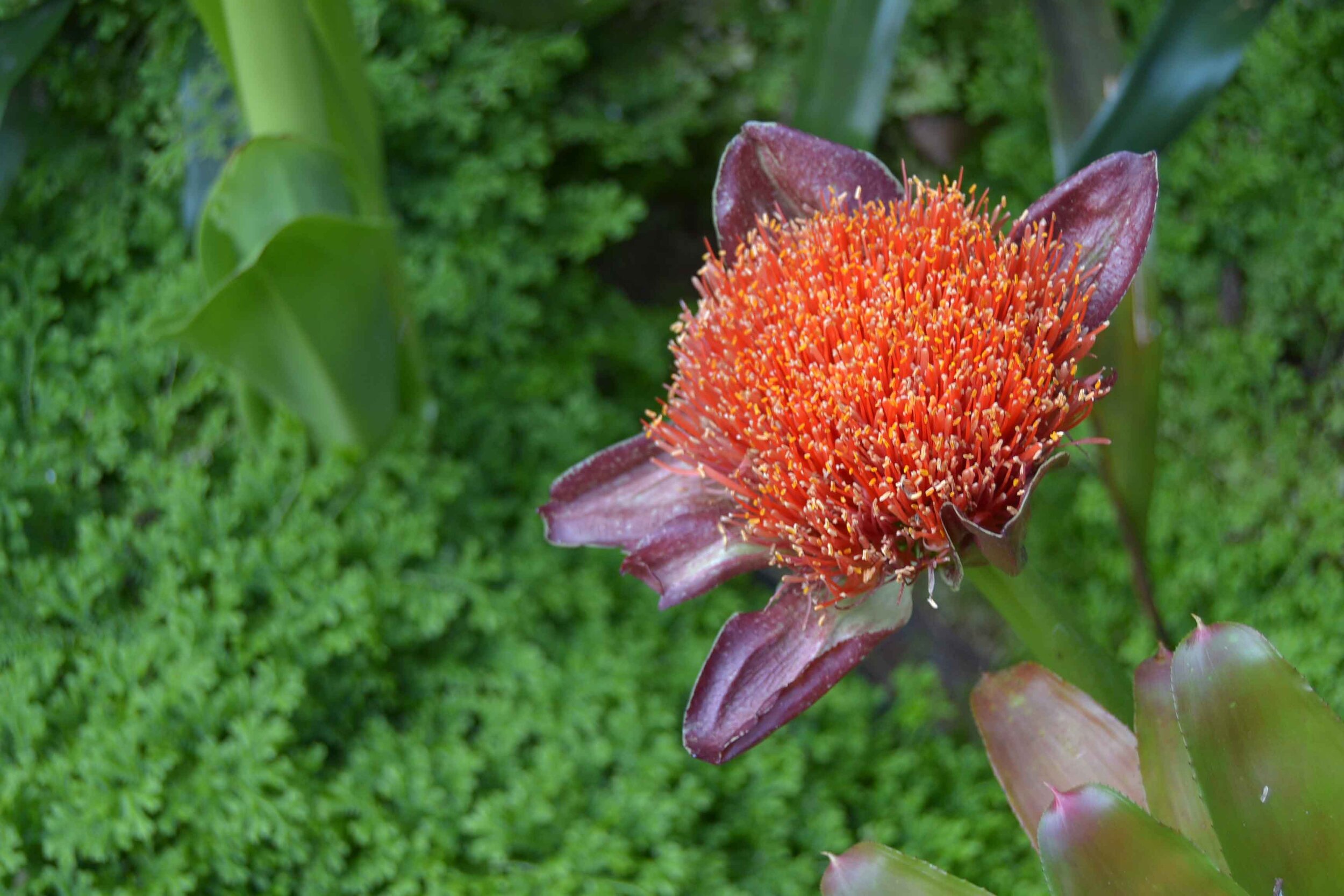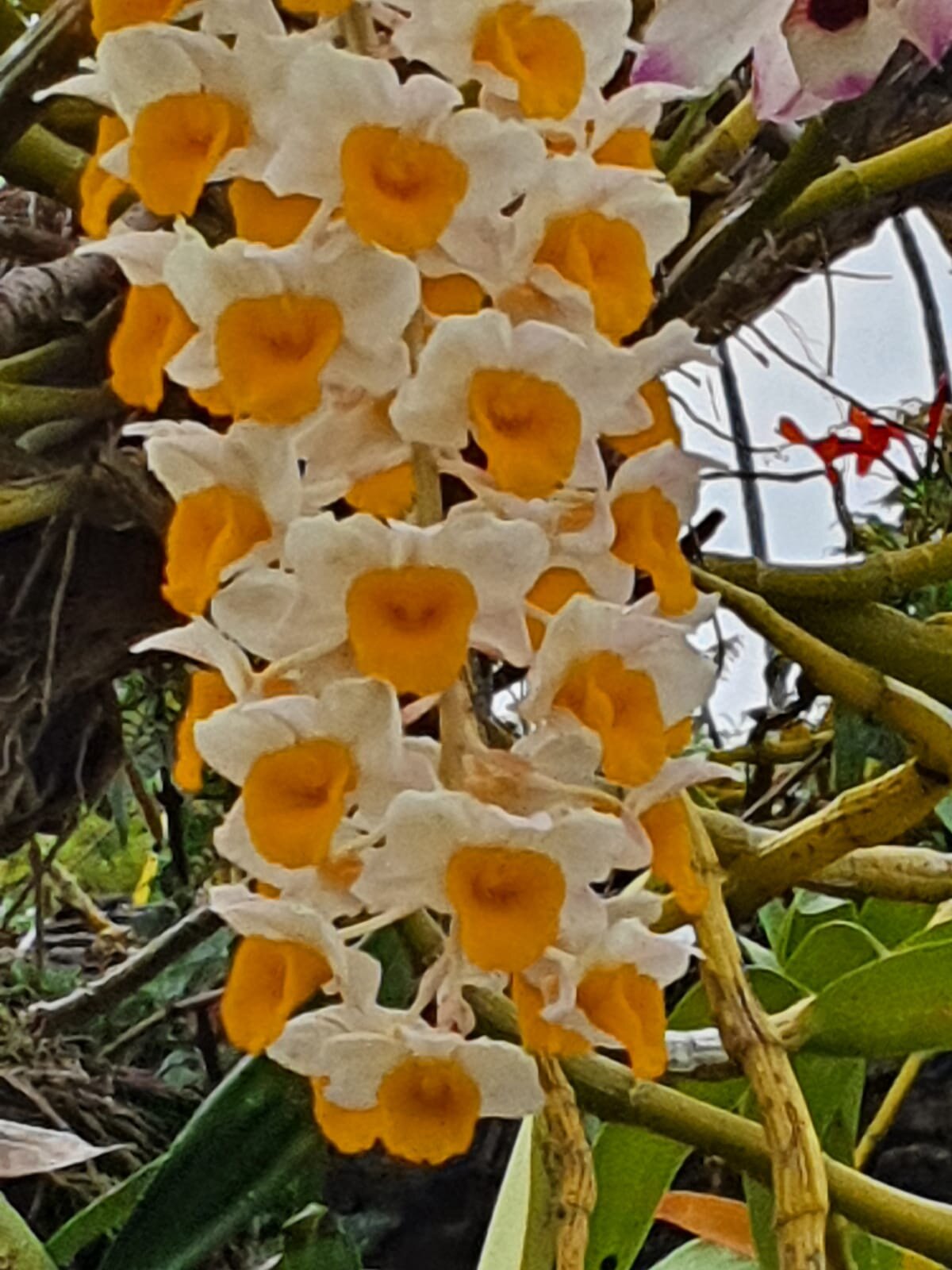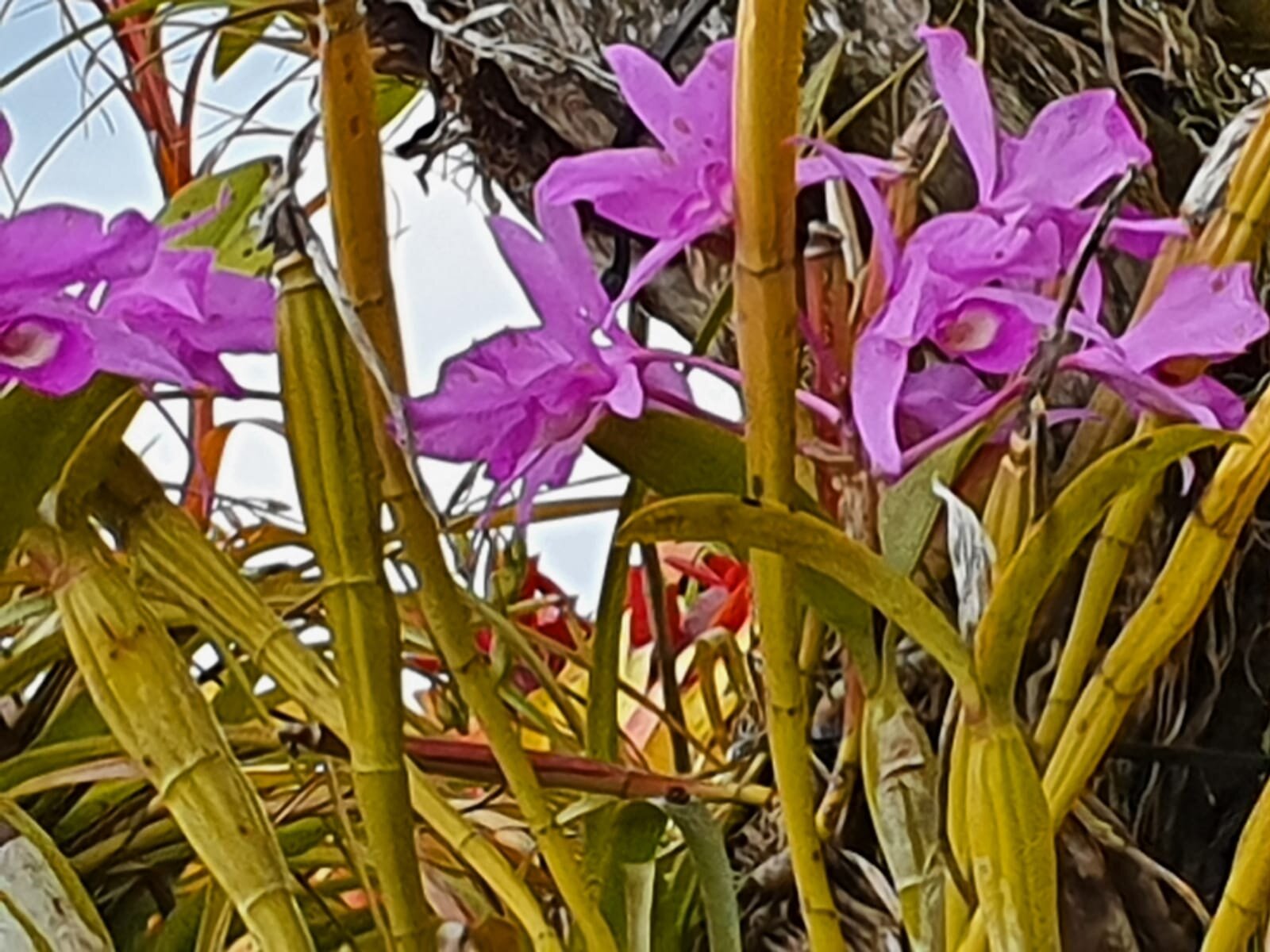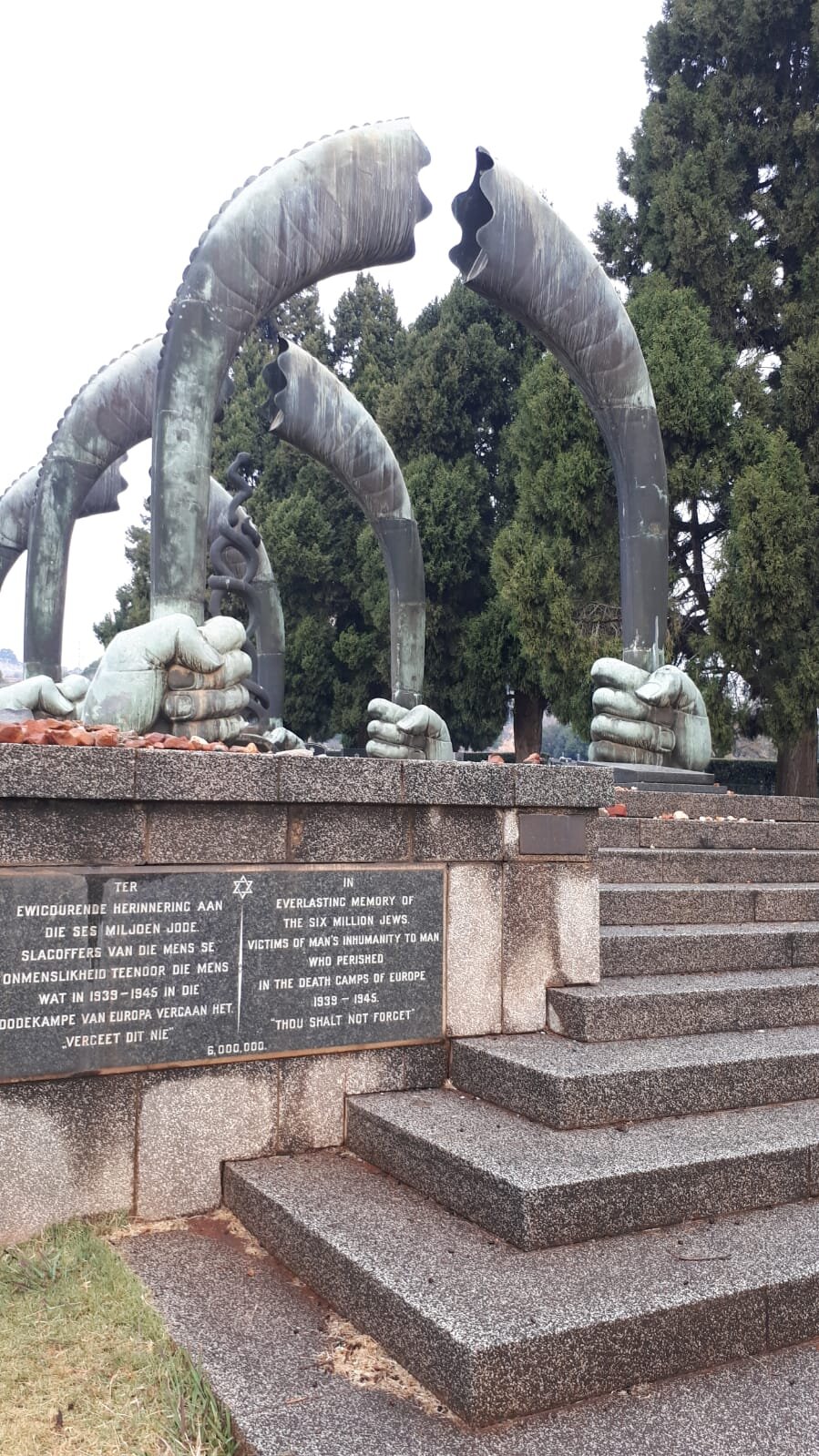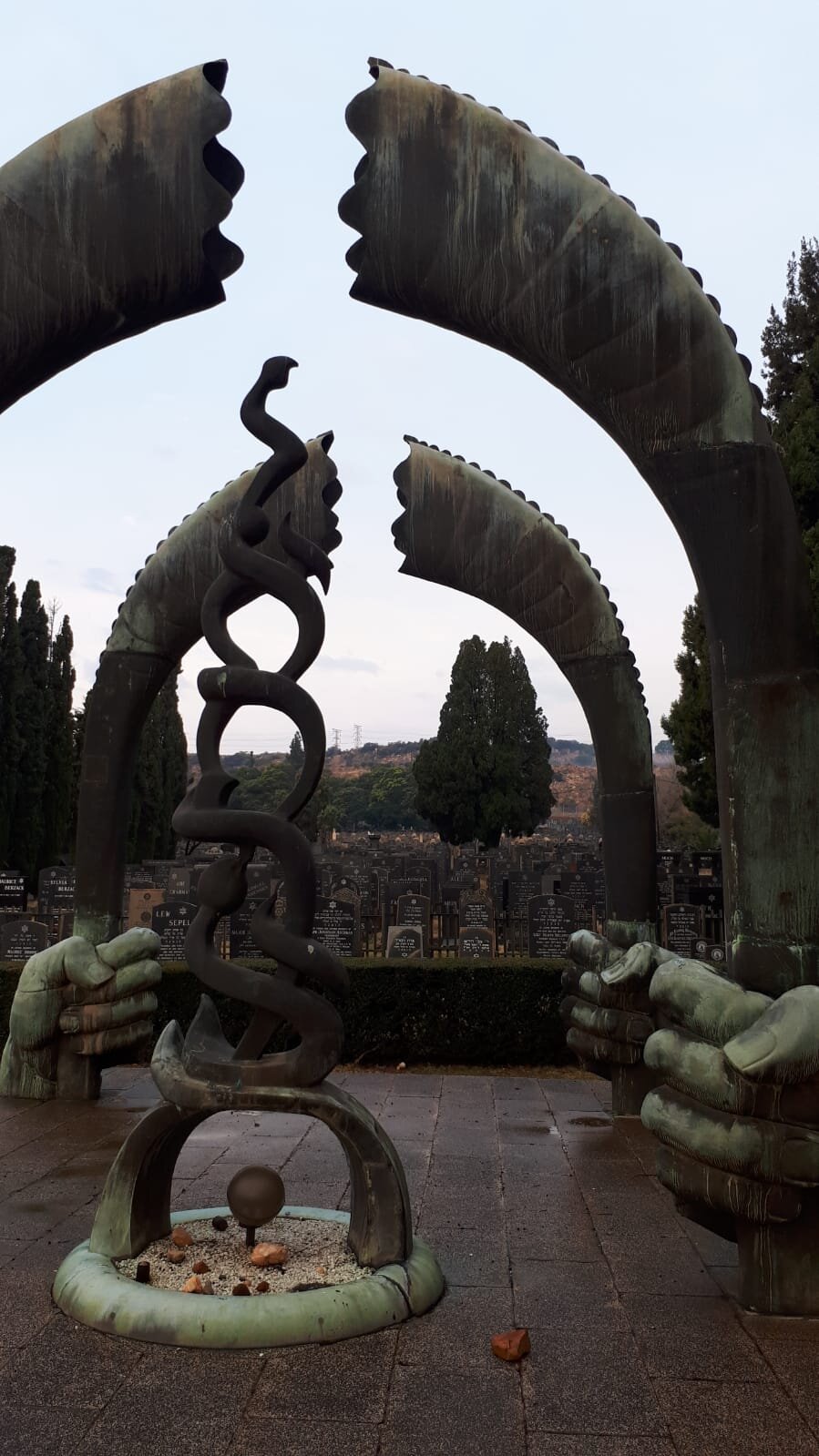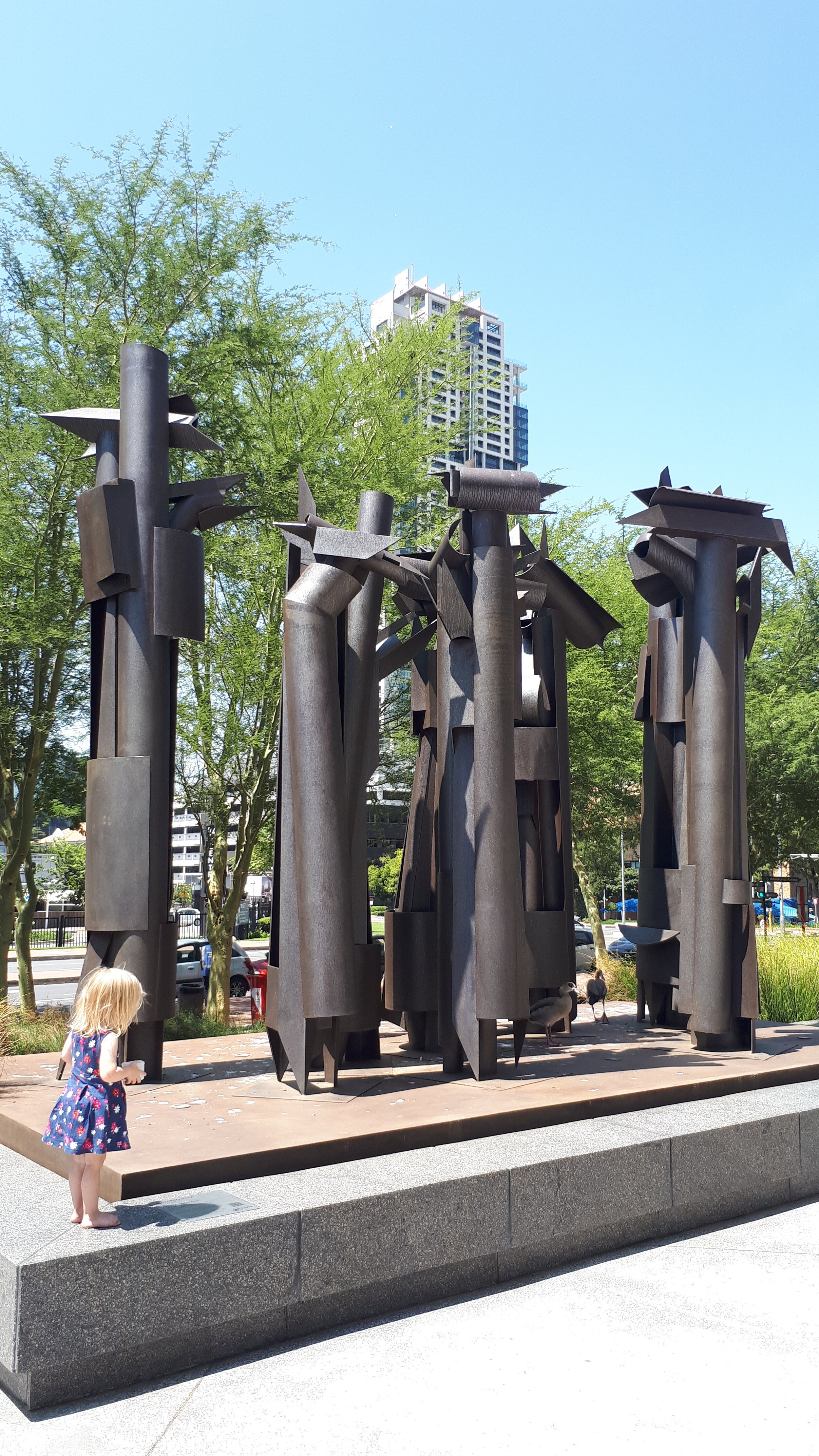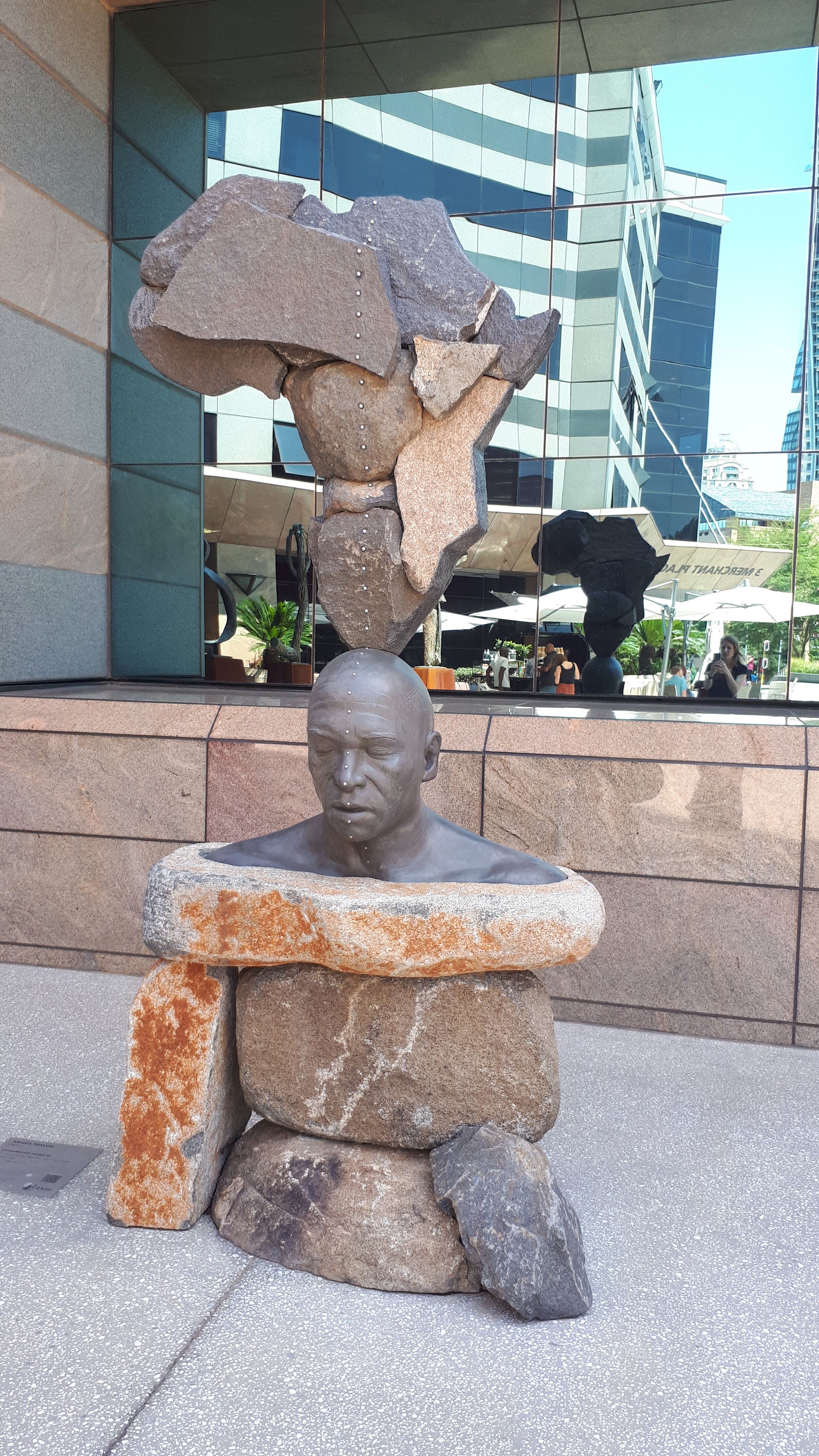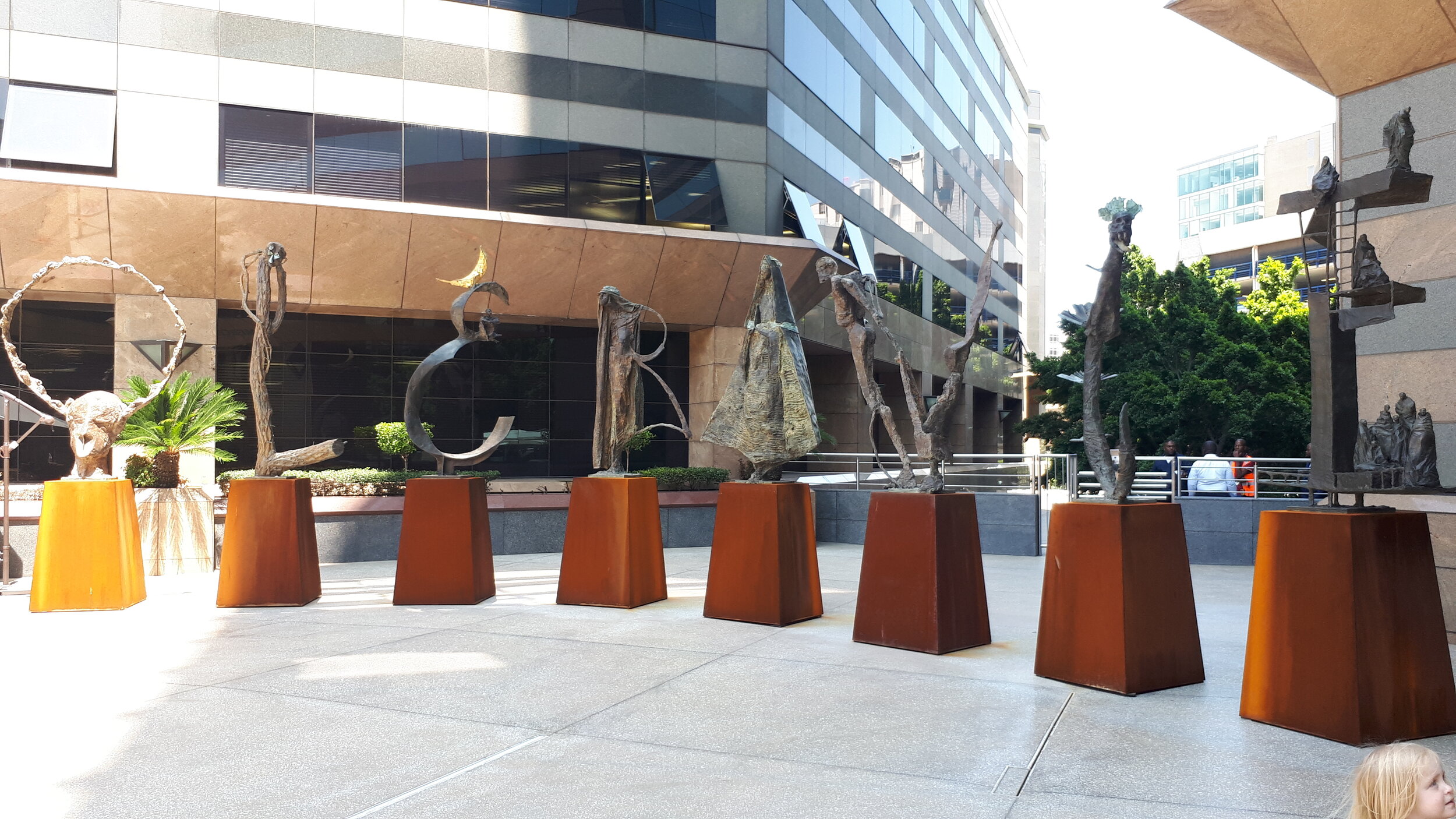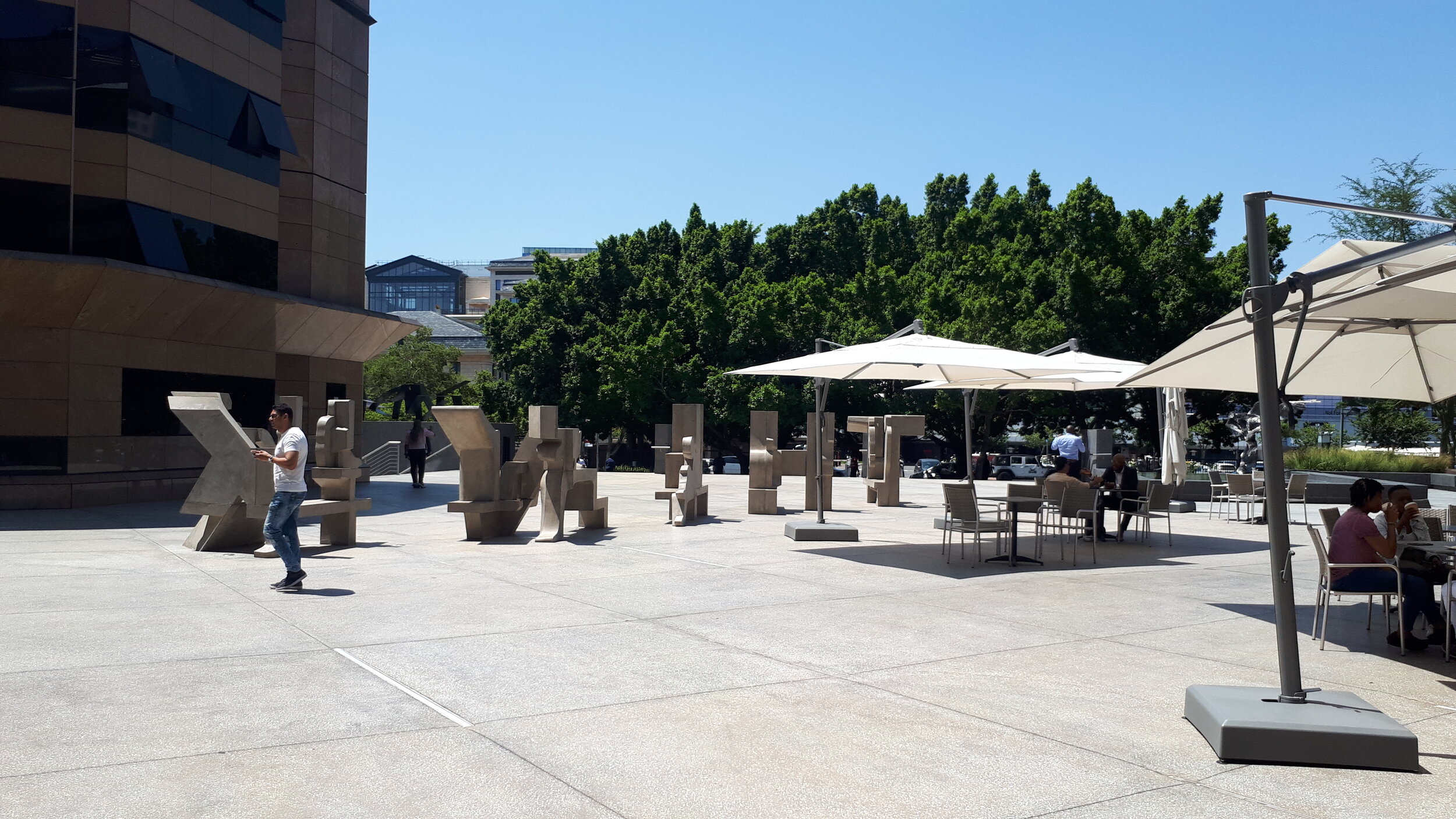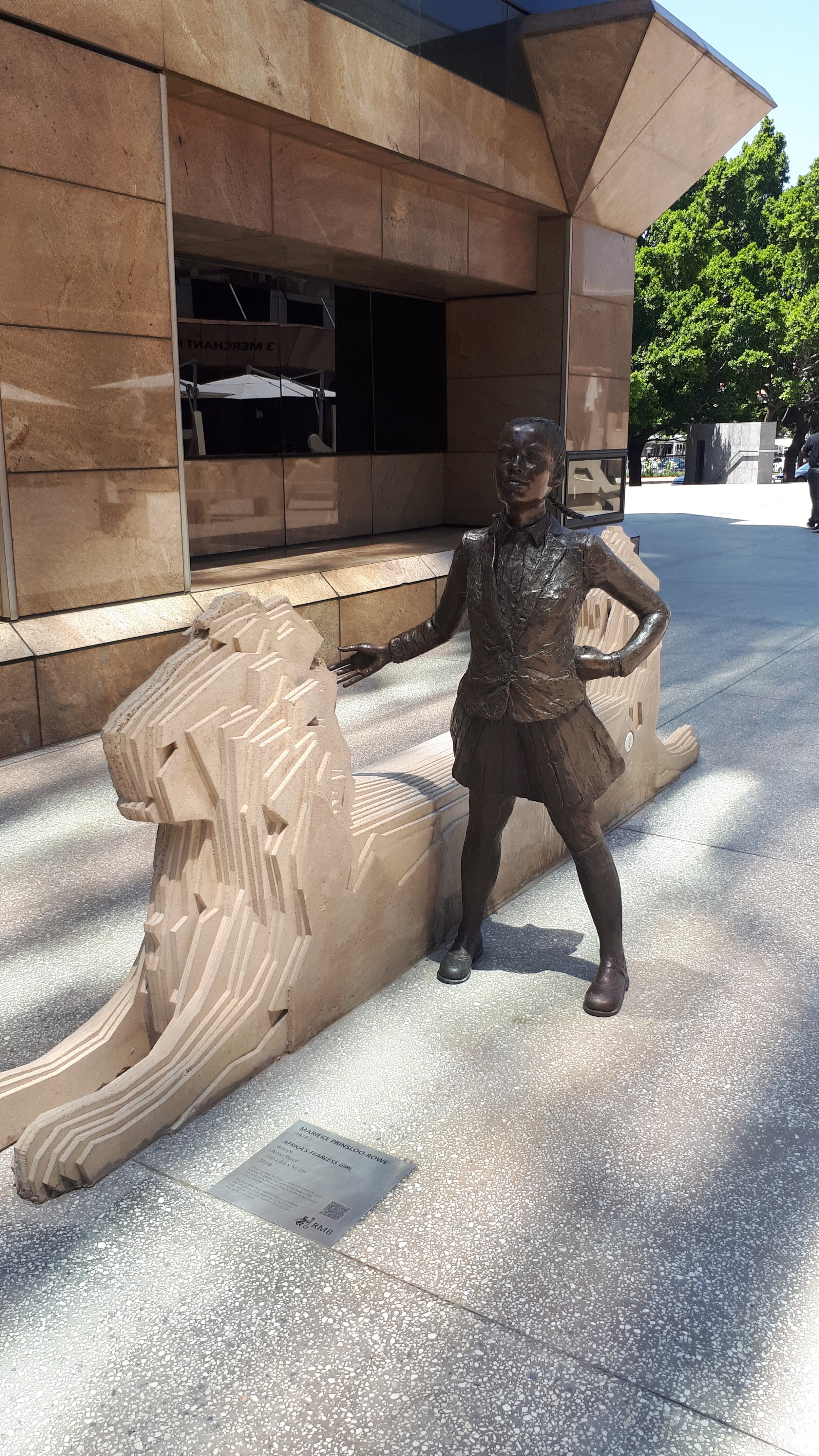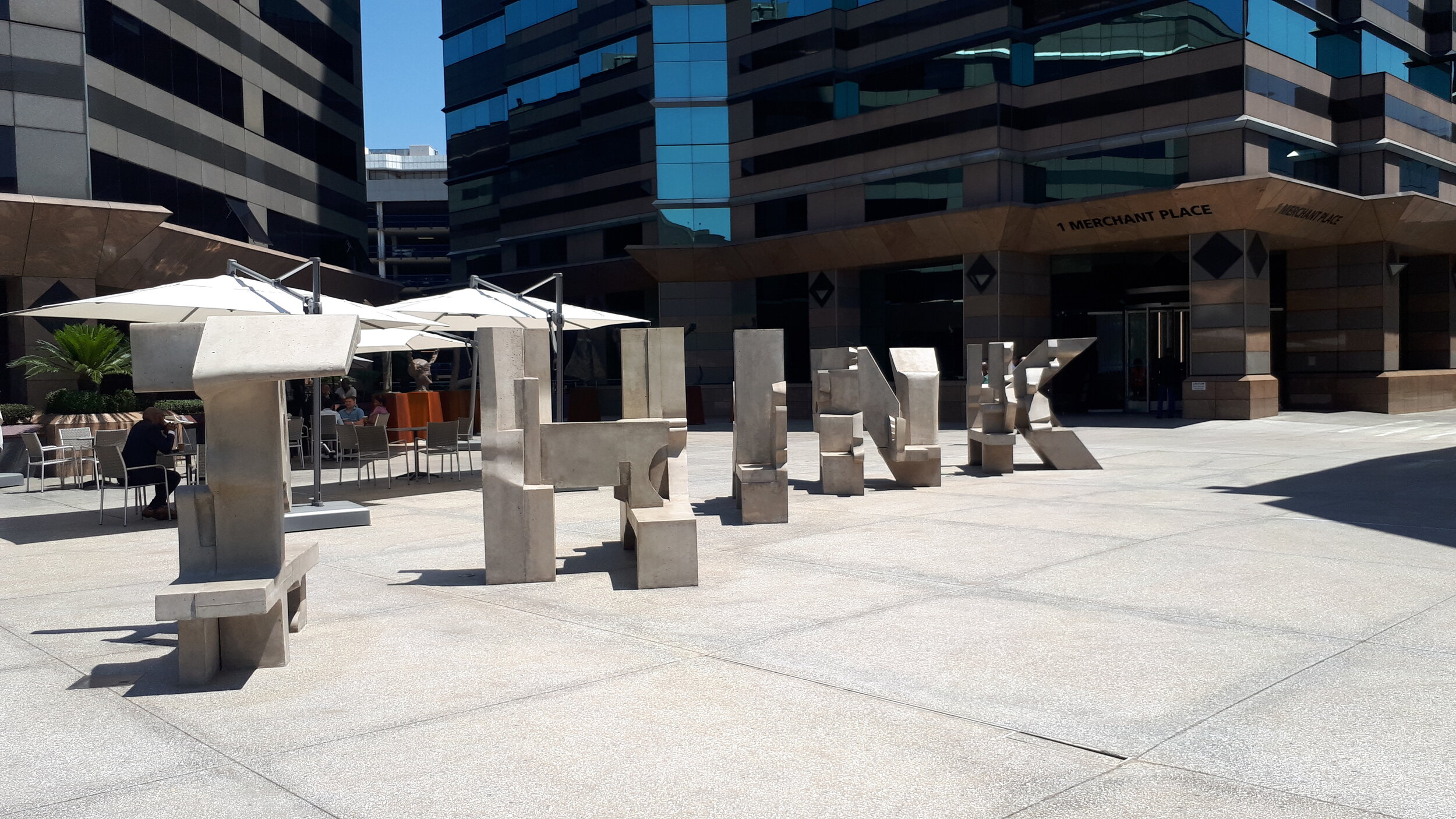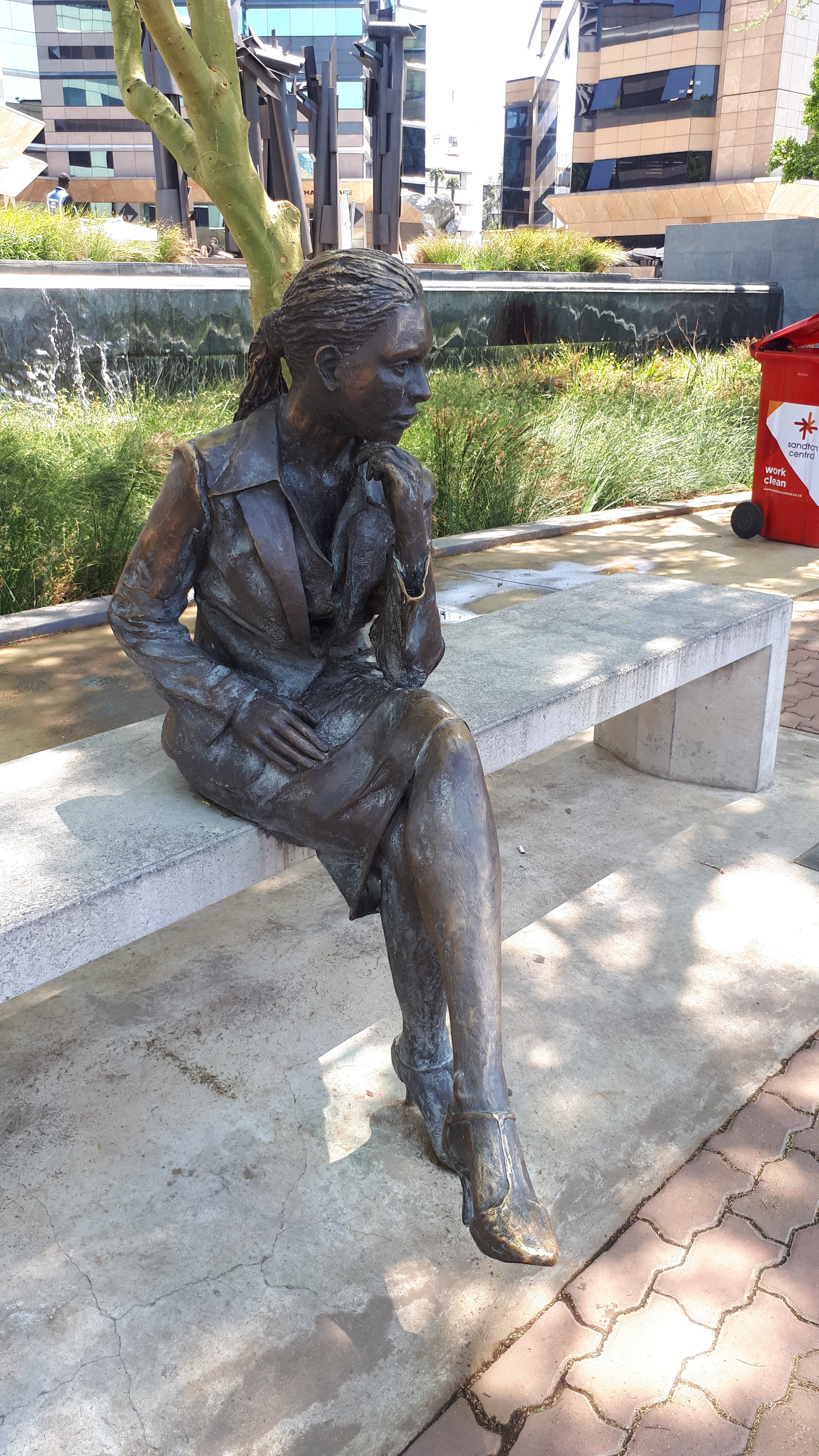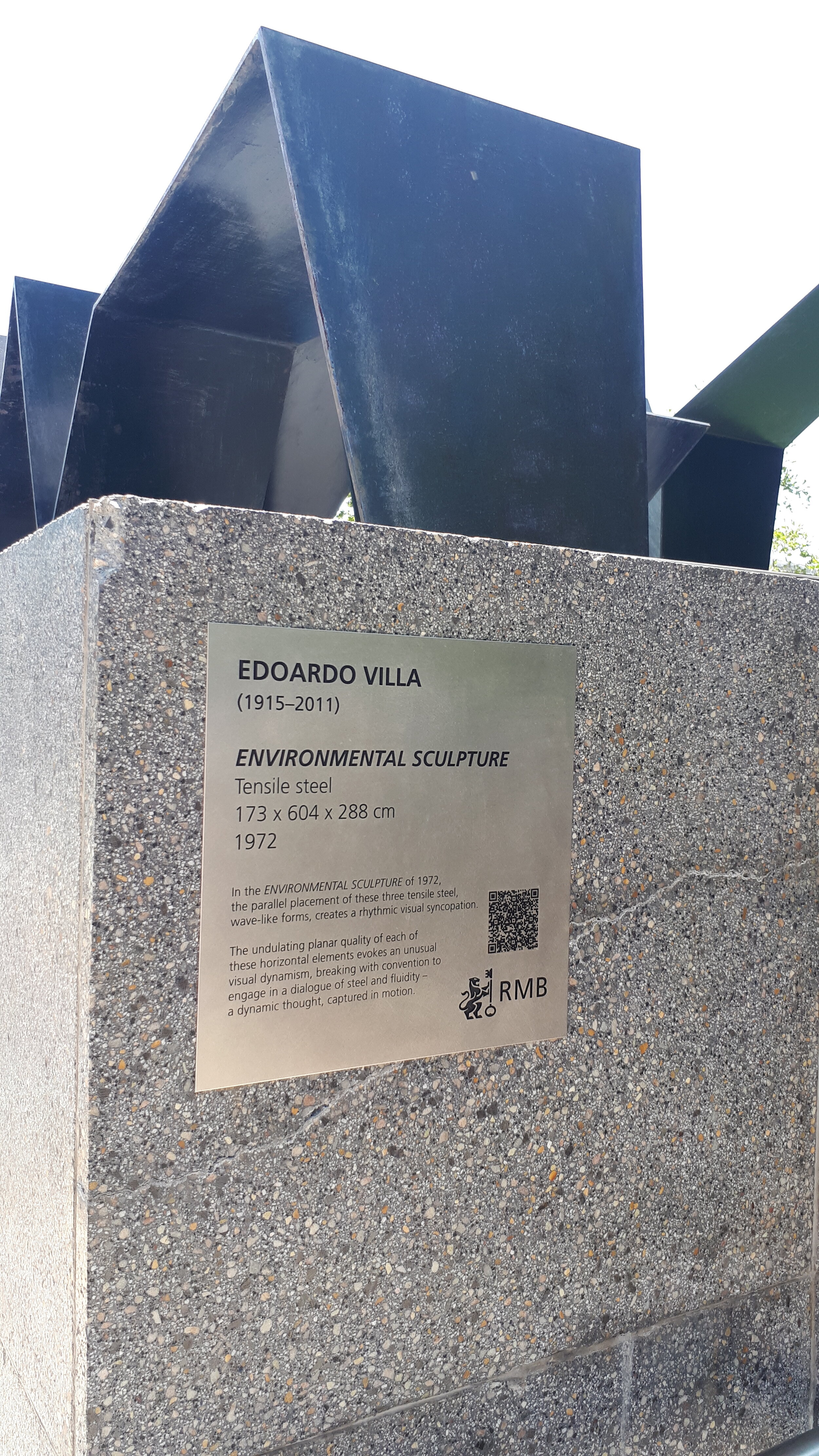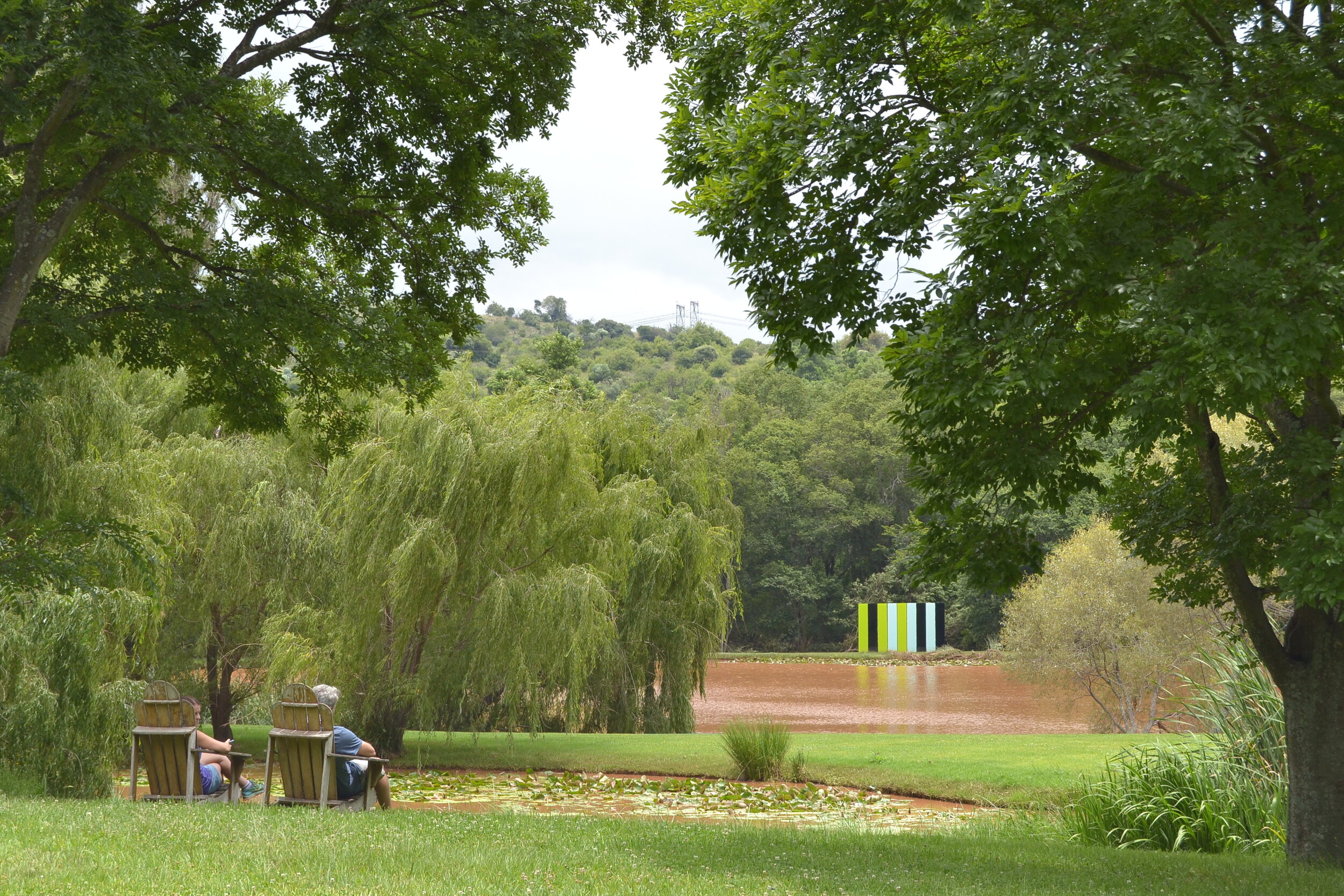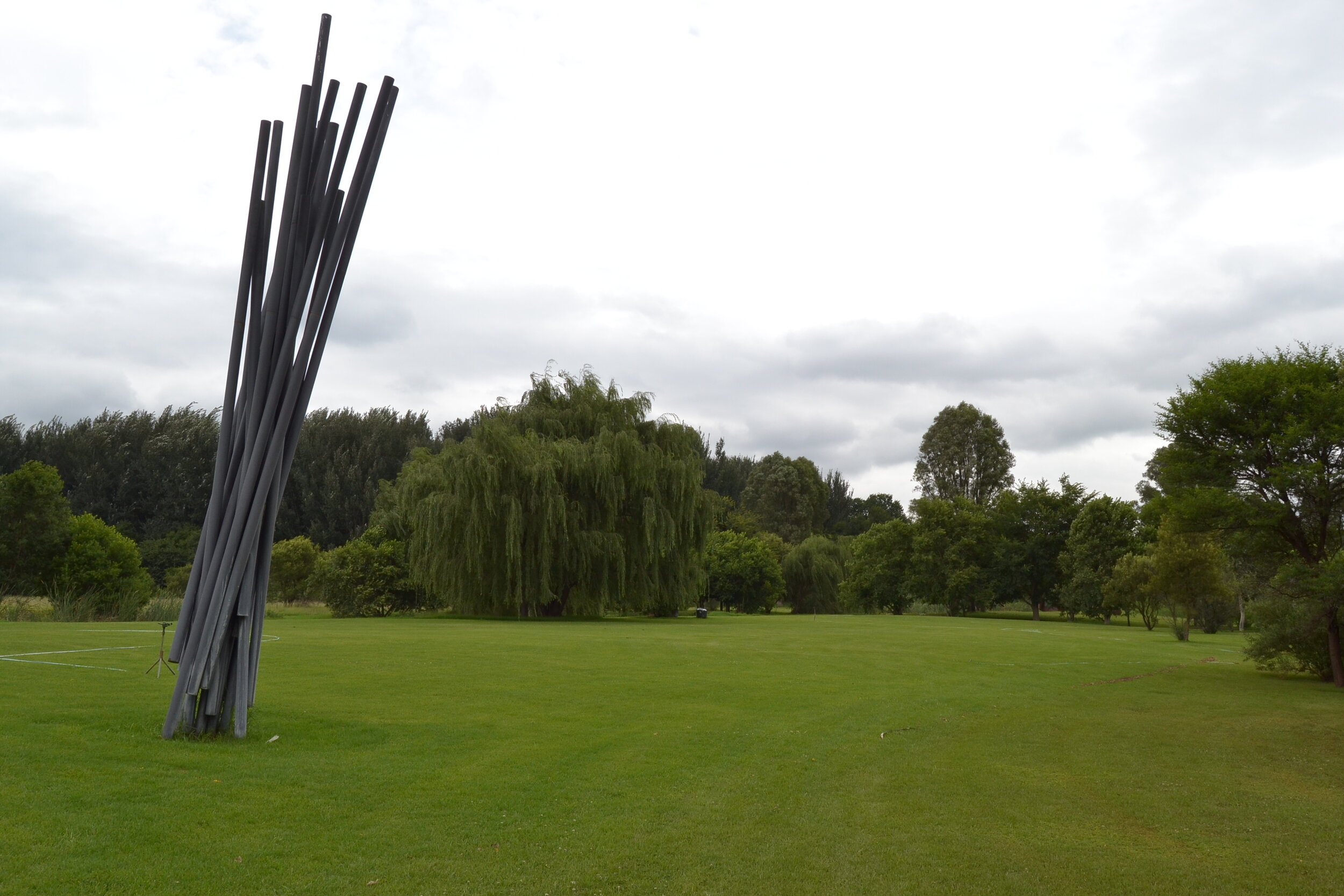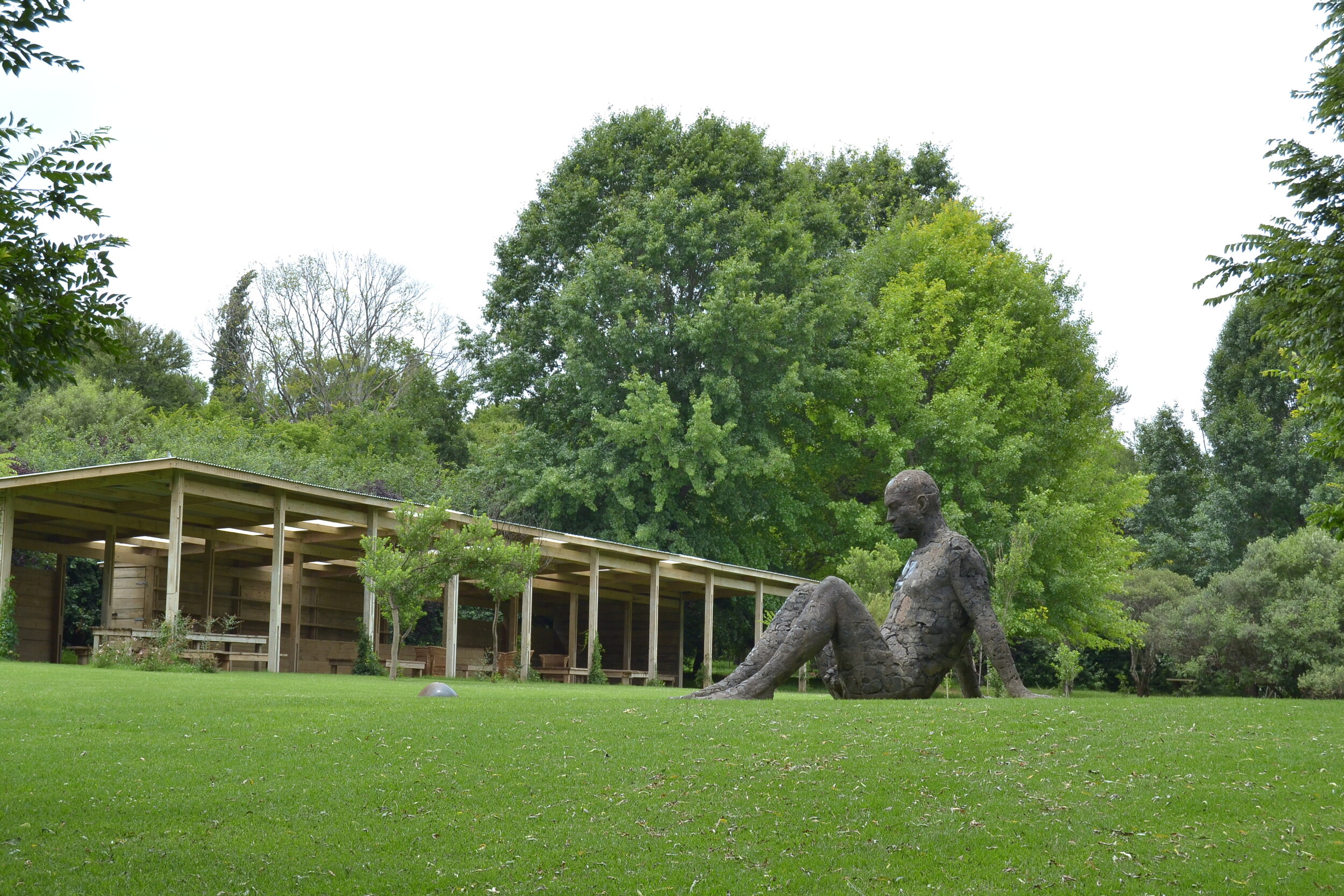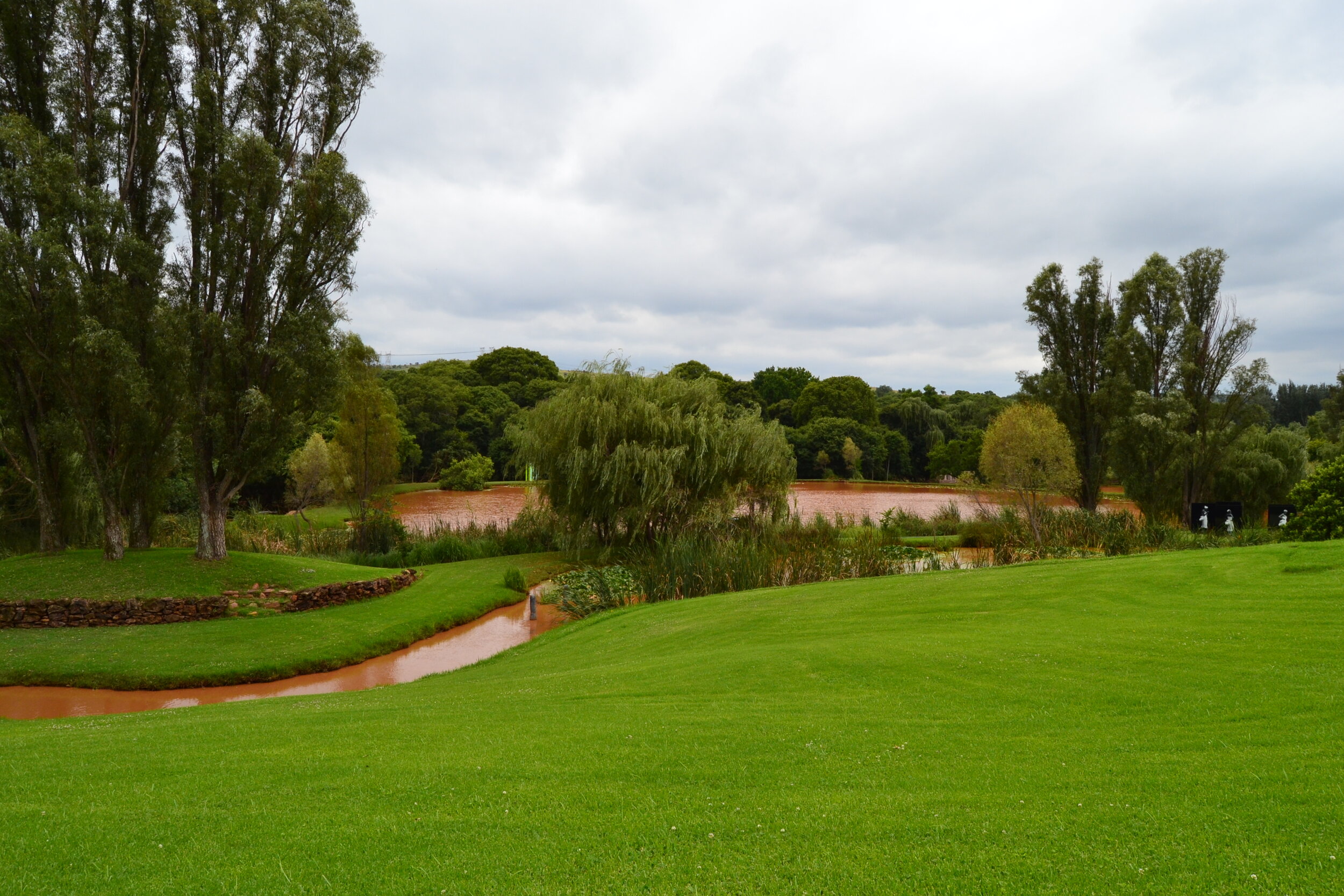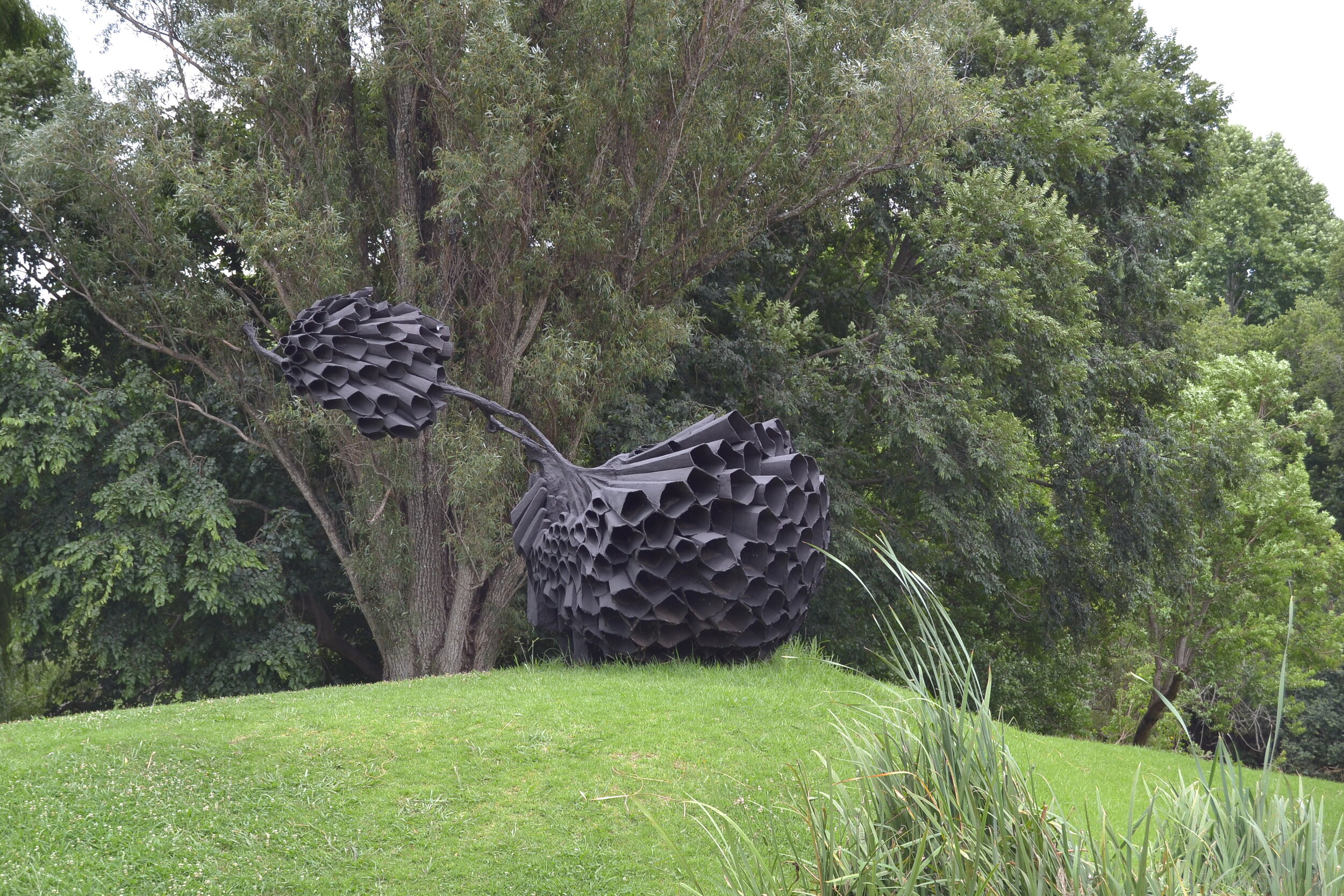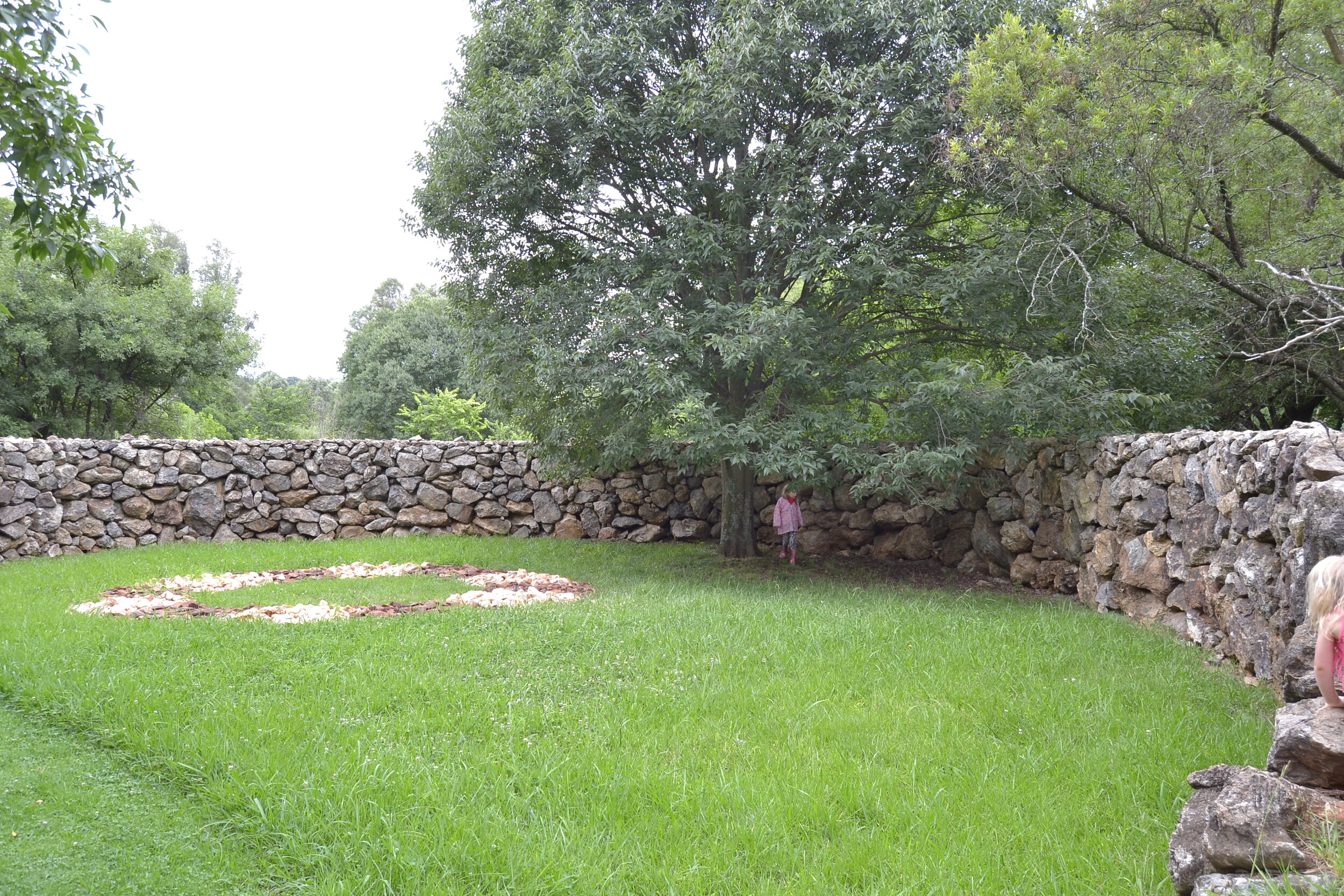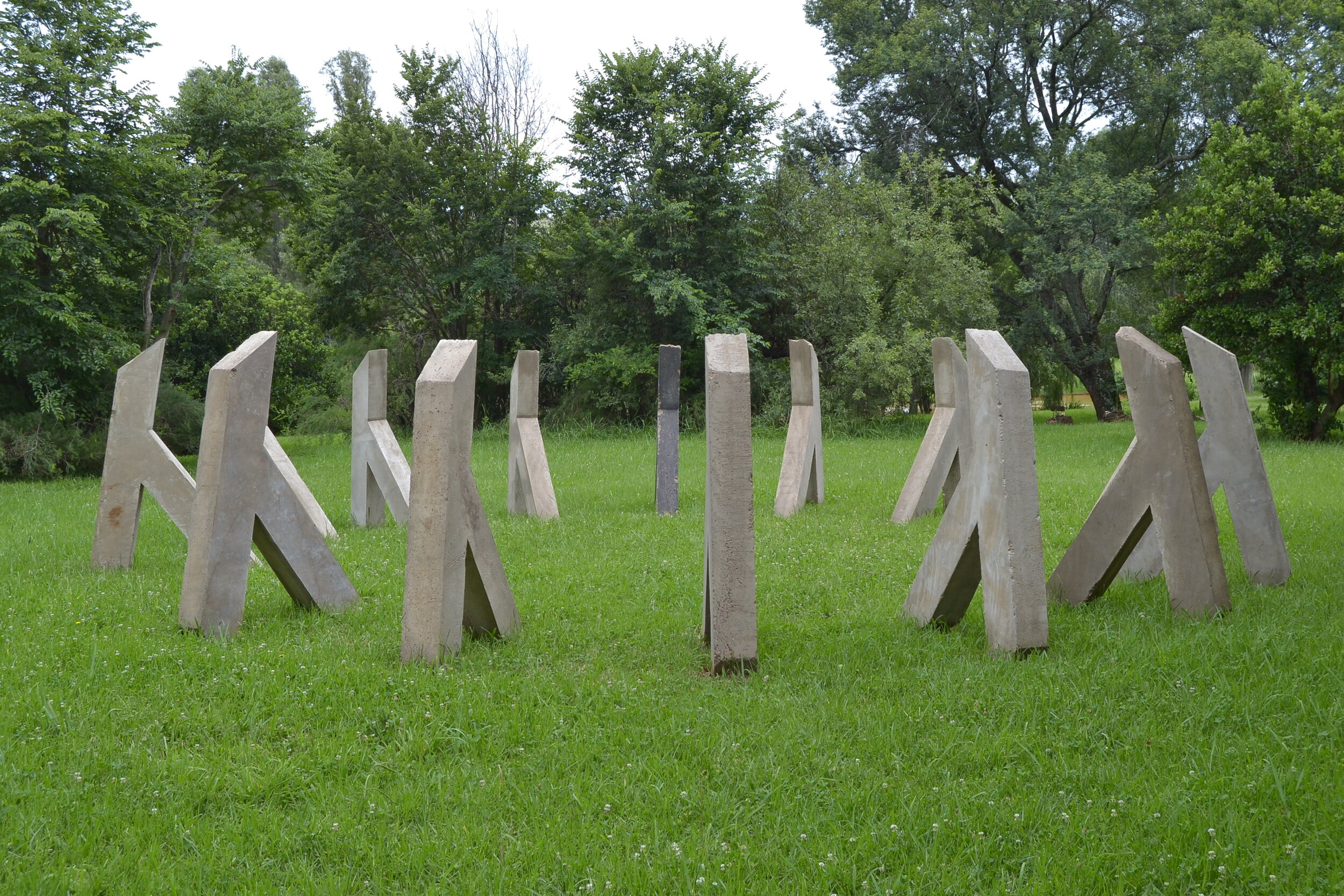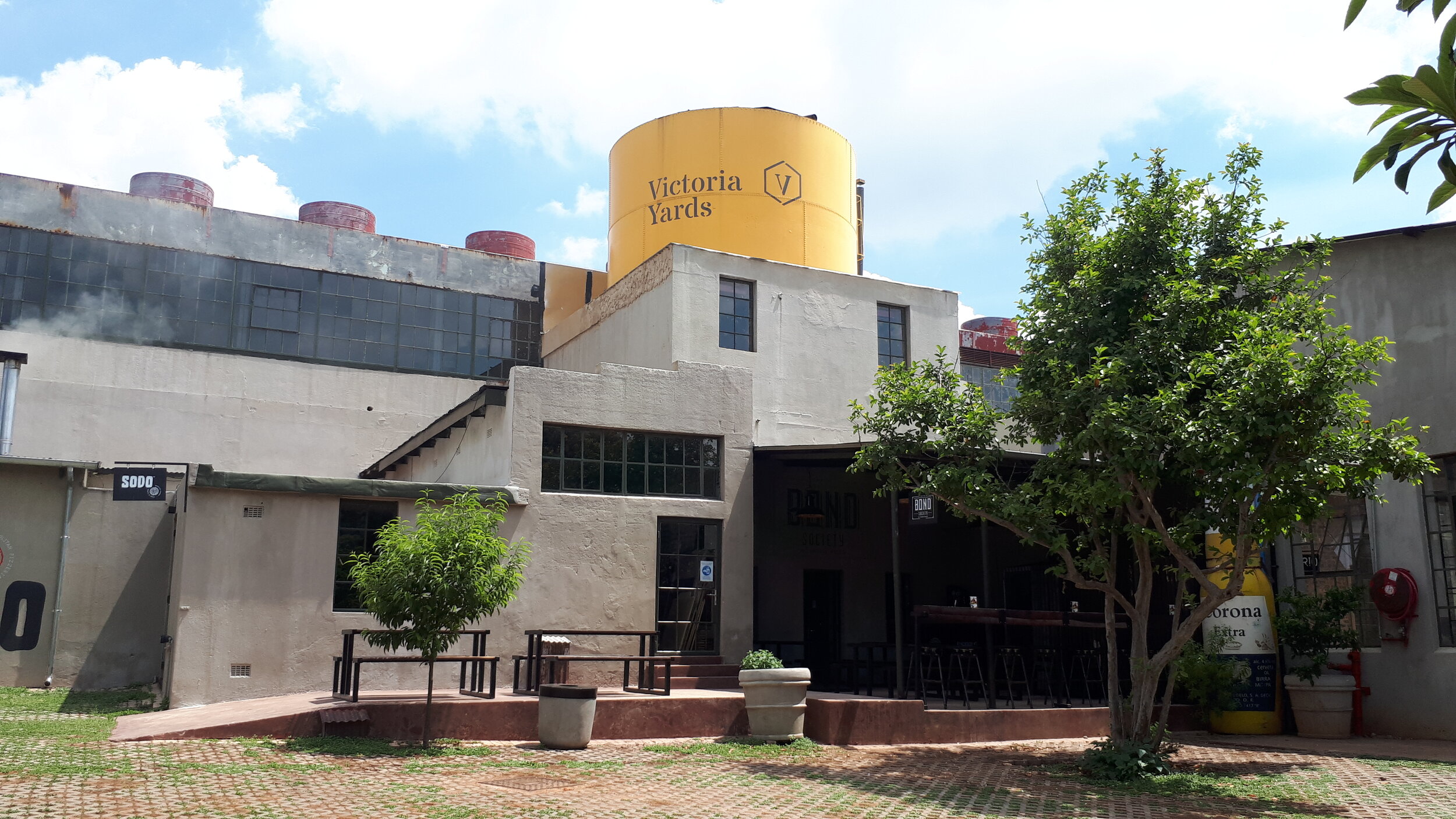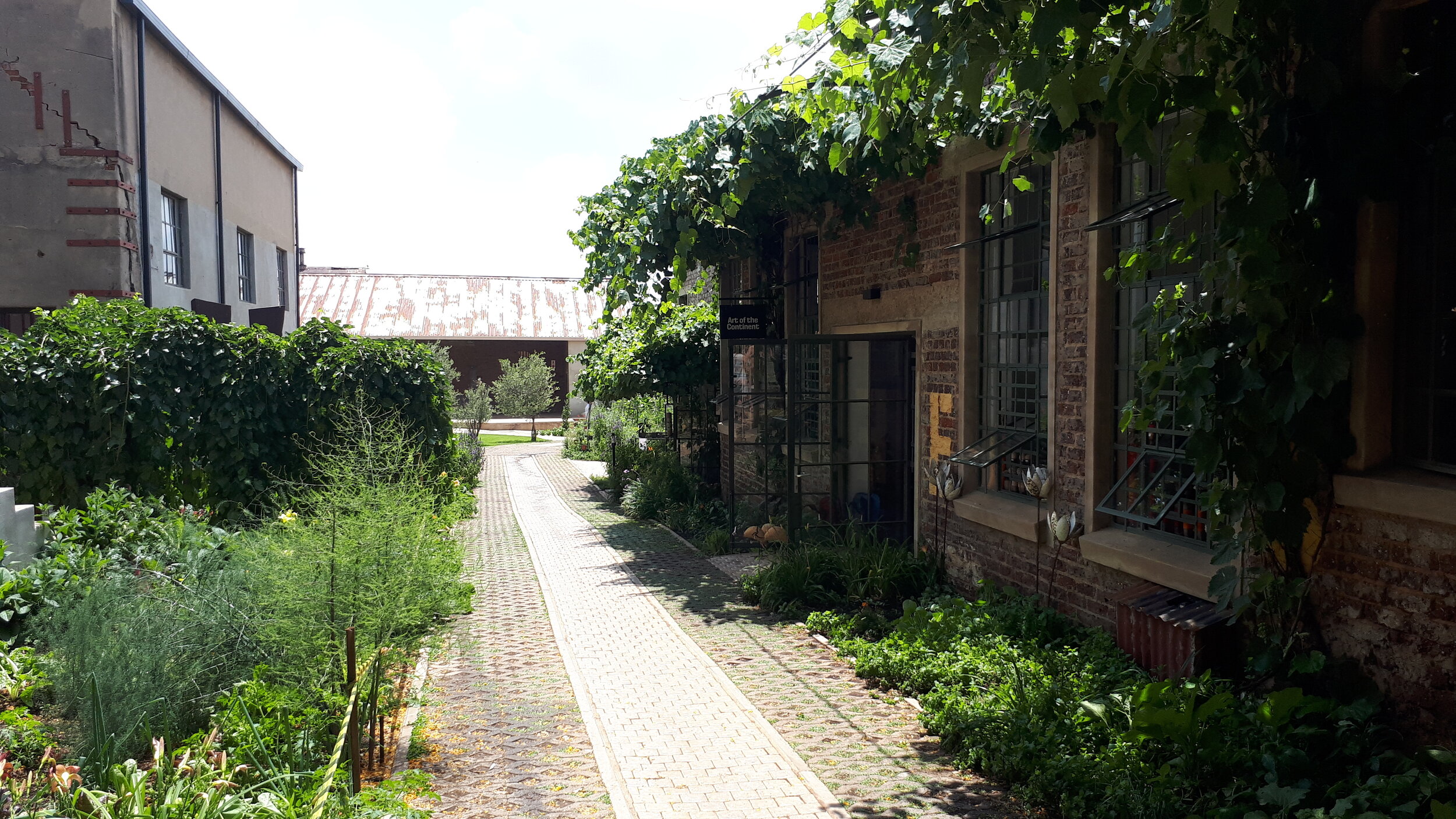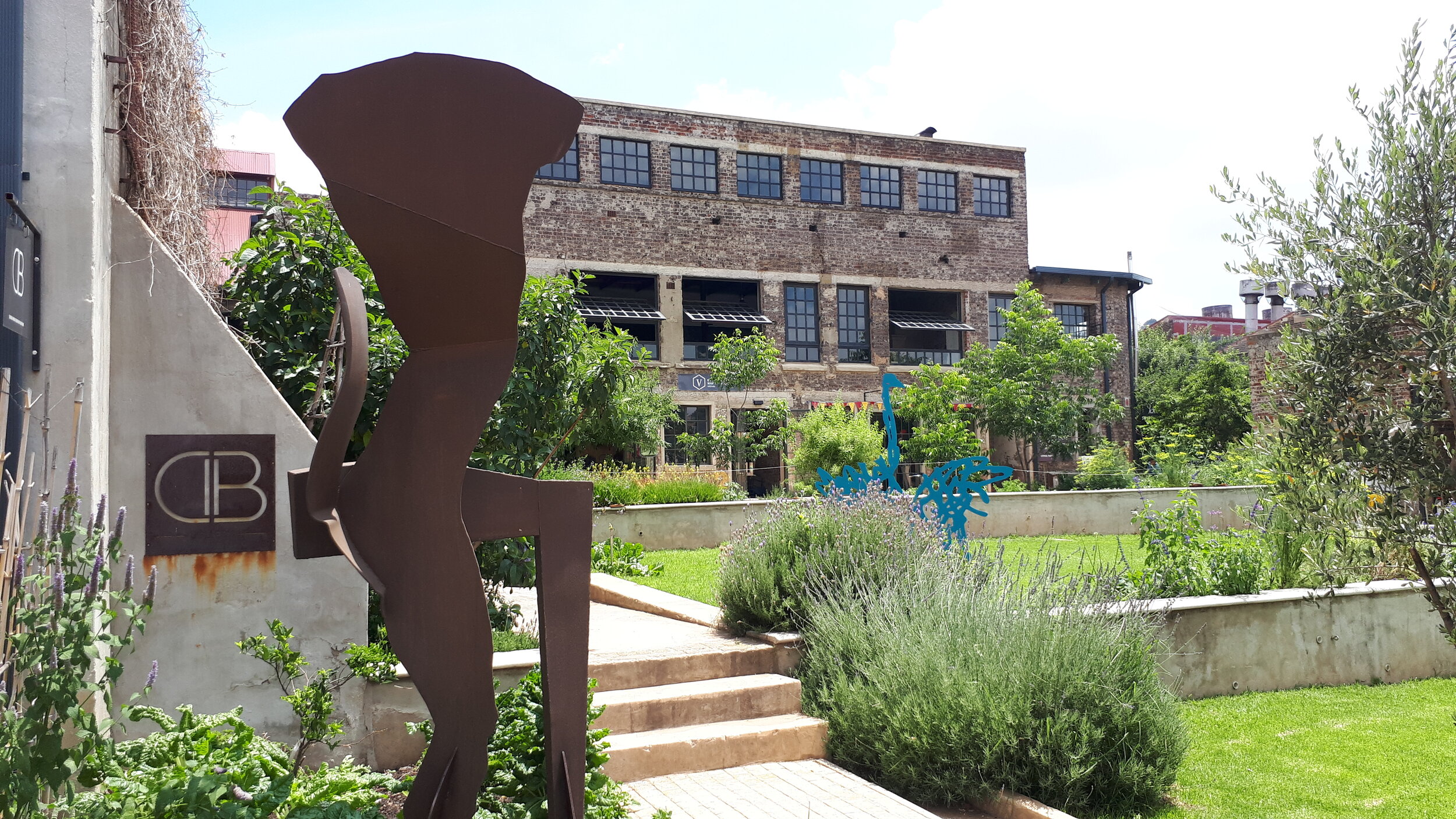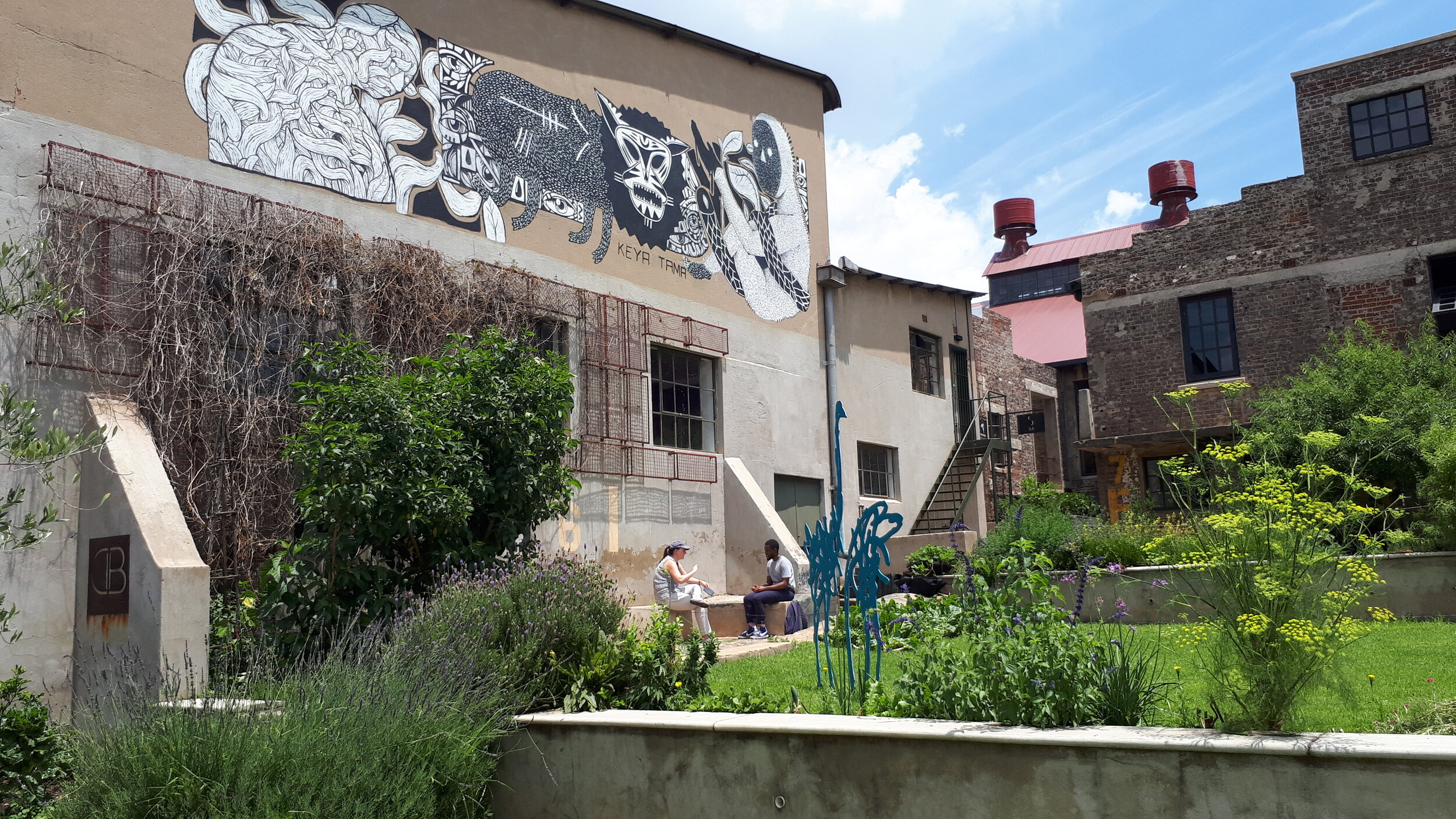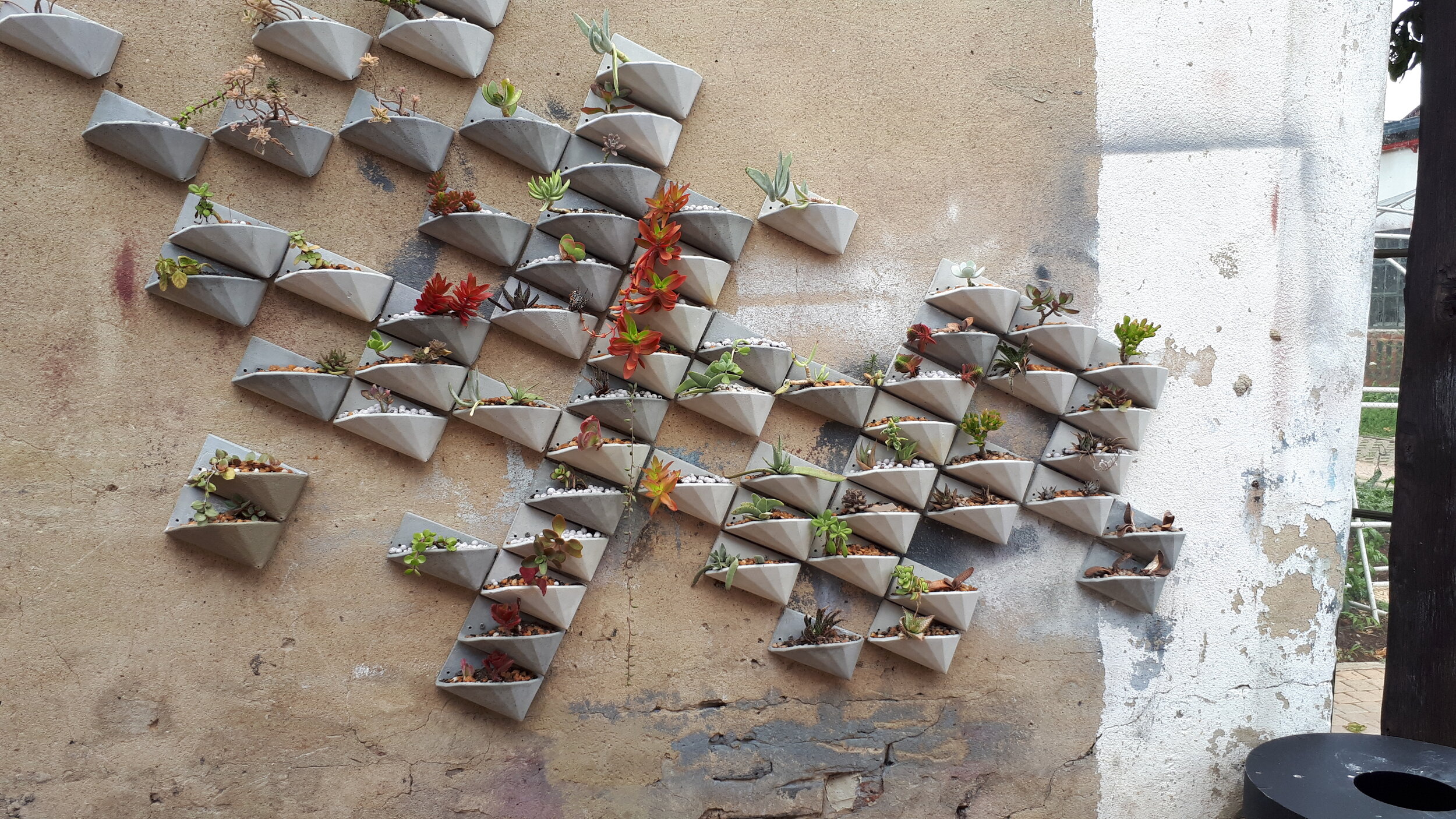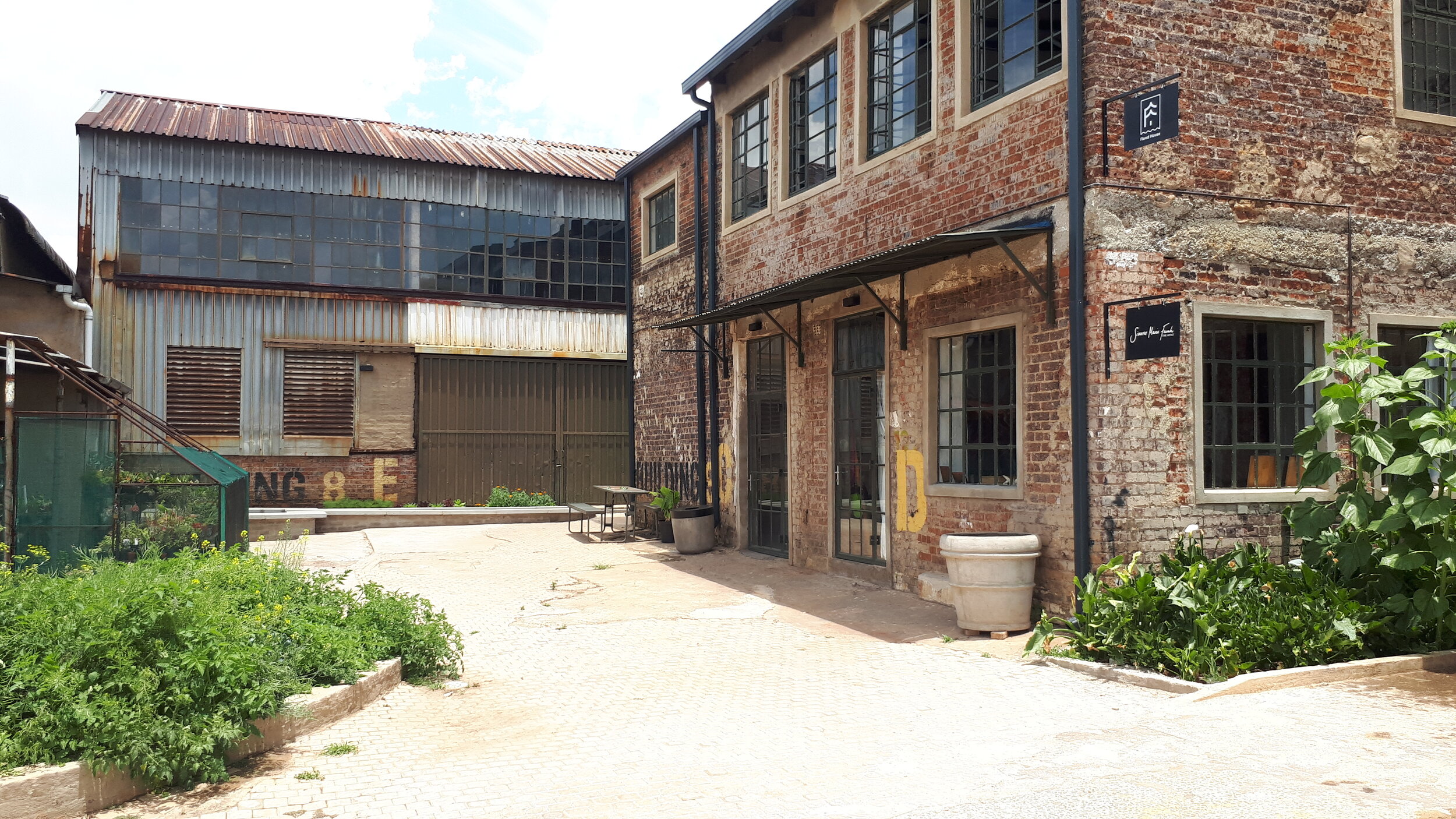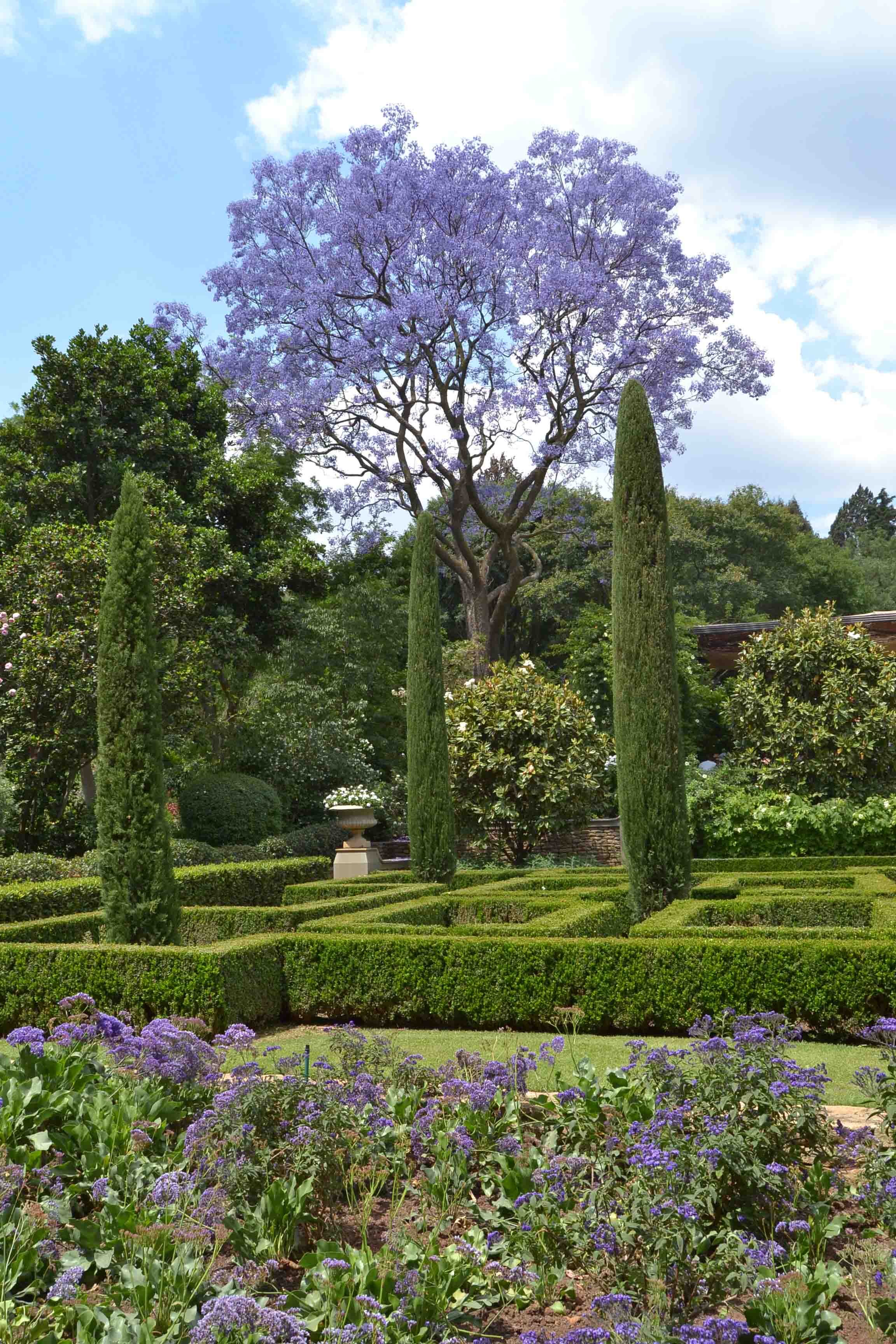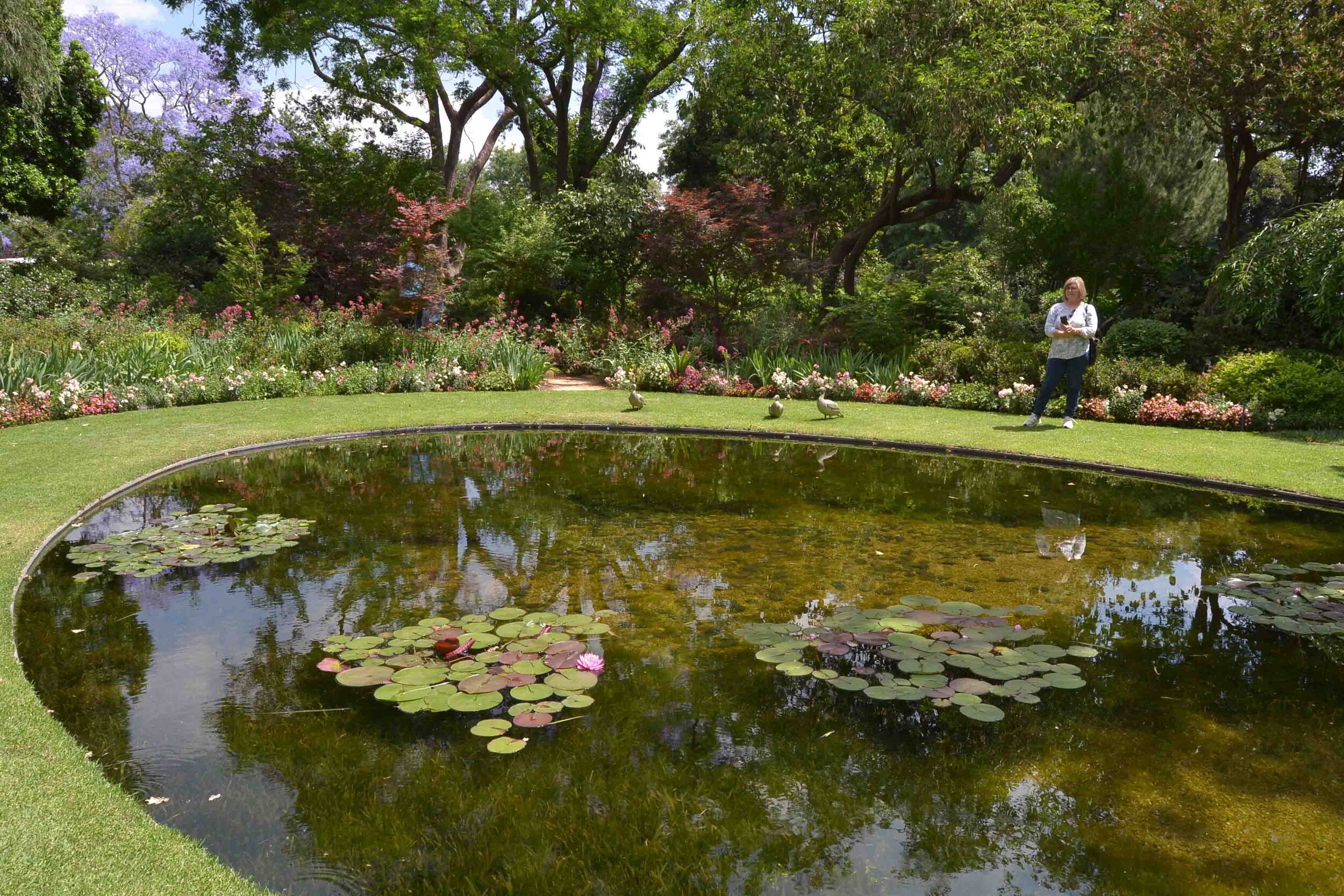Babylonstoren is a wine farm located at the foot of the Simonsberg mountains in the Franschhoek wine valley. It is well known for its quality wines and luxurious accommodation including a hotel, spa, restaurants as well as the incredible gardens.
Although I’ve written about this garden before (previous blog) there is so much to share about this place that I think I will probably create a new post eacht time I visit! In fact, I think this is a garden that one can visit weekly and still not fail to learn something new. There is so much to see and learn - this botanical wonderland is a place to inspire and delight.
Interactive water feature highlighting the reptiles endemic to the area - watch out for the Spitting Cobra!
The garden was designed by French architect Patrice Taravella and based on the formal layout of the historic Company Gardens in Cape Town. Those gardens were originally built by Jan van Riebeek to provide food for the ships that stopped over on their way to India. Hence, there is a strong focus on fruit trees and edible planting and the gardens are continuously expanding to include cultivars that were thought to be lost. The farm not only produces wine but also fruit, olives and vegetables. The food that is grown on the farm is also used by the two restaurants on site who adapt their menus seasonally to accommodate what is available from the garden.
I listened to a webinar given by Ernst van Jaarsveld before my latest visit (see link to video below). Ernst van Jaarsveld is a renowned botanist who has authored several books, discovered several new species and contributed extensively to the botanical realm. He worked for SANBI (mostly at Kirstenbosch Botanical Gardens) for 41 years and has now worked for Babylonstoren for the past 6 years. He complimented the owners Koos and Karen Bekker and explains how they want to create a destination that not only celebrates the history of the Cape but also a place that celebrates the creation of the vernacular specific to this region. Language and words are important (the name Babylonstoren references the story of the Tower of Babel), and one can find several references to words, poetry and language throughout the gardens.
Ernst outlines several of the latest projects they have undertaken over the past few years including: the new cycad garden, the welwitschia garden, the spice room and the wine museum. They are continuously adding to their gardens and there are plans to expand by purchasing neighbouring land.
Succulent House with all Pots hand made by the late artist Ronnie van der Walt
Ernst explained the detail that went into designing and implementing the creation of the Welwitschia Garden. These plants are endemic to Namibia where there is almost no water and very high temperatures. Heat pipes were laid below a bed of imported red Kalahari sand and the plants were protected from rain. Petrified wood was imported as well as unique and sculptural rocks.
Welwitschia Garden
A special biome garden has been introduced that showcases the beauty and diversity of South Africa’s botanical treasures. There is also a medicinal garden honouring the plant knowledge used by the San. There are many layers to this garden - it not only celebrates history and heritage but encourages education and conservation of the beauty, botany and significance of the vernacular we know as South Africa.
Wine Museum
I was particularly impressed by the new wine museum which feels more like an art gallery than a museum. It details the origin, cultivation and culture of the history of wine and how this has changed over time. One wall has hundreds of different wine openers on display. A visual feast and authentic experience.
Look out for specialist tours such as garden tours or birding excursions held on a regular basis. A small entry fee is payable for day visitors or look into the annual pass if you plan to visit regularly.
www.babylonstoren.com
If there is one garden you can visit in South Africa then this should be it. ~ G.S


